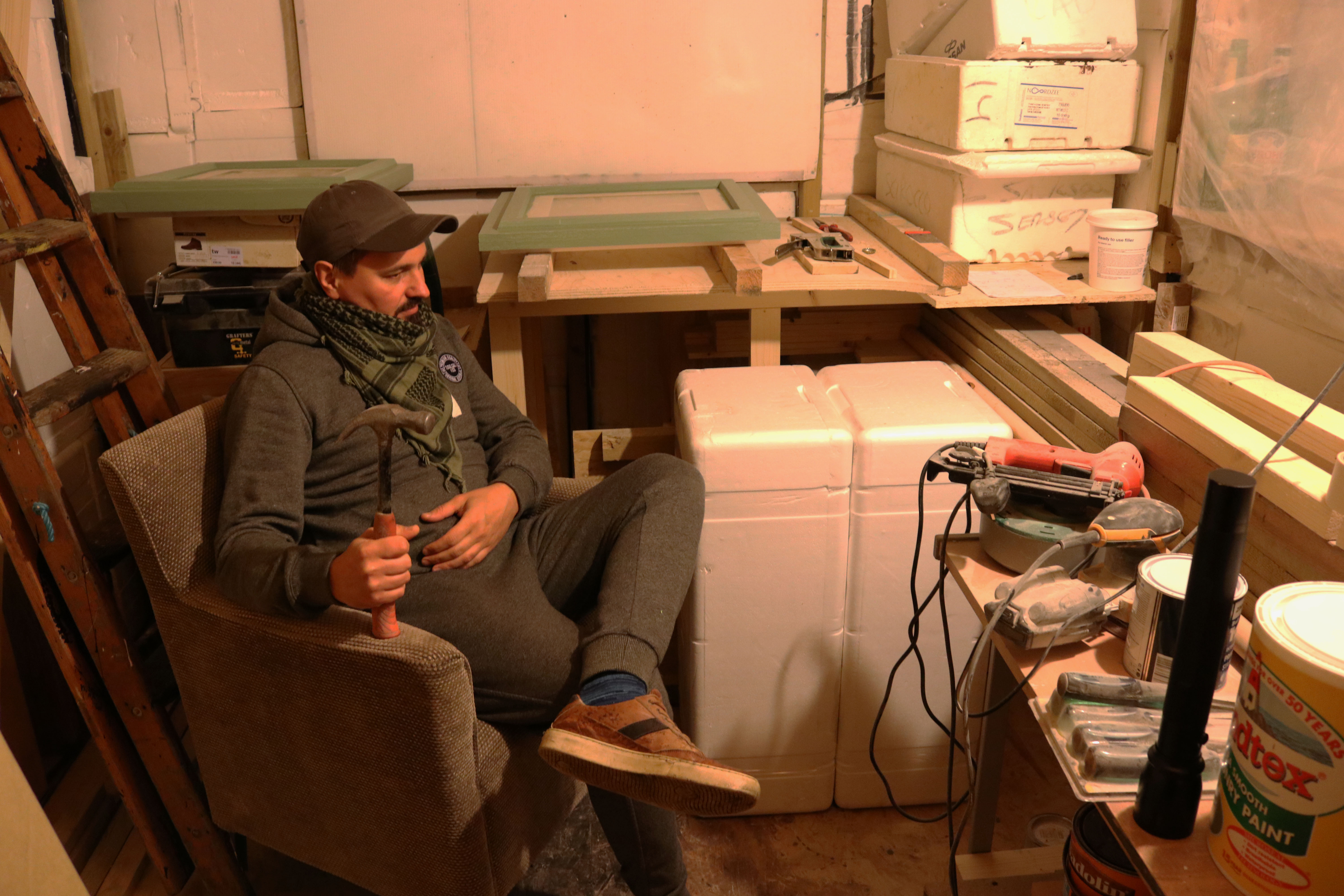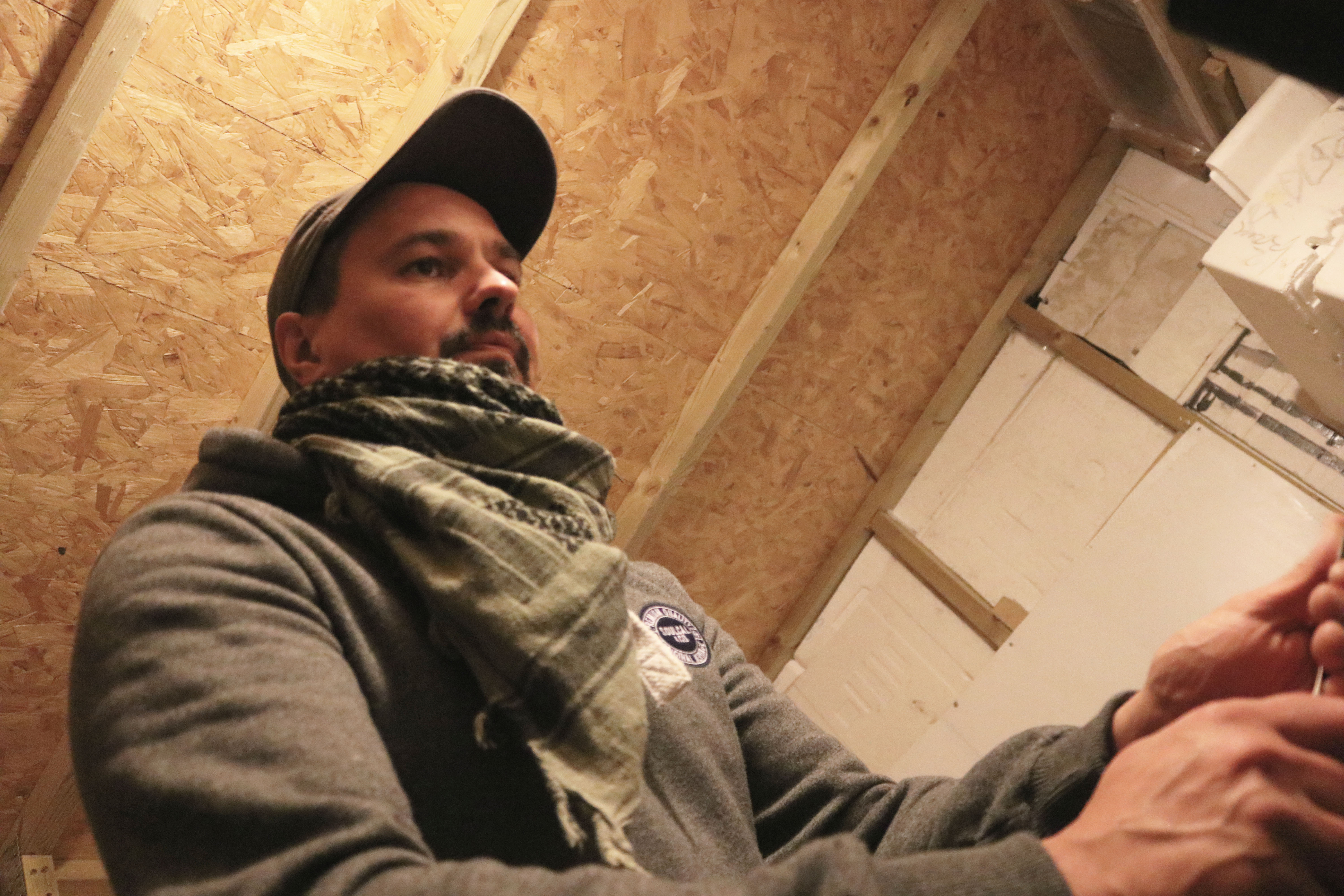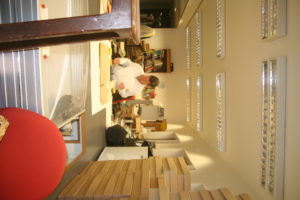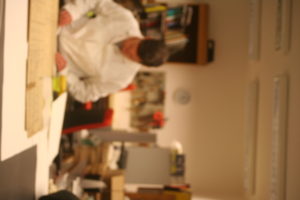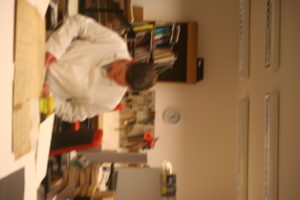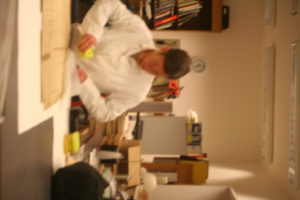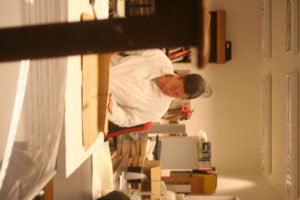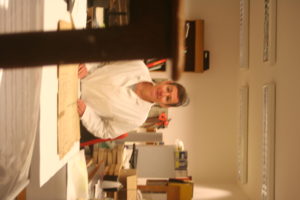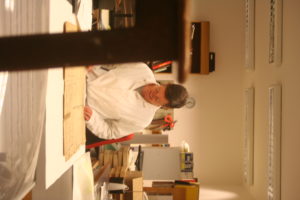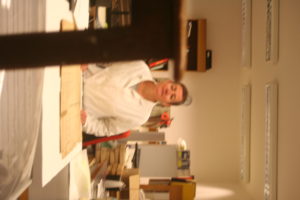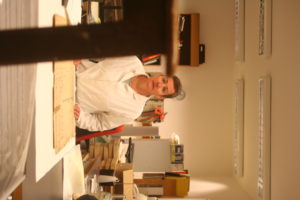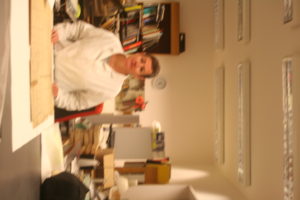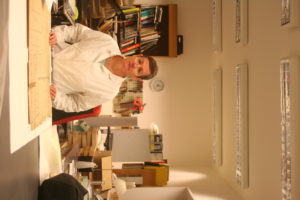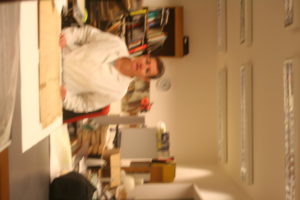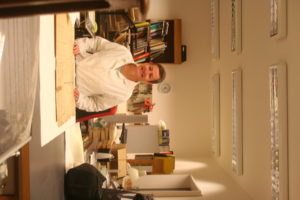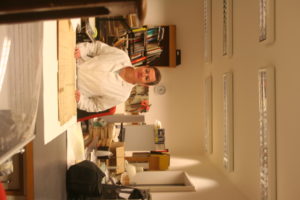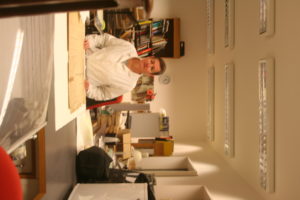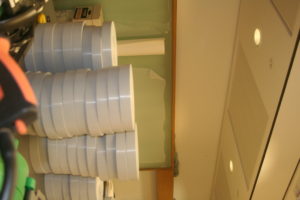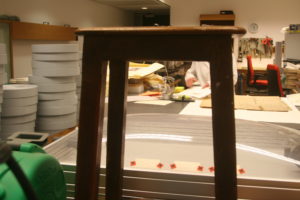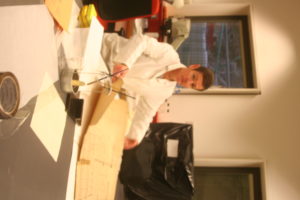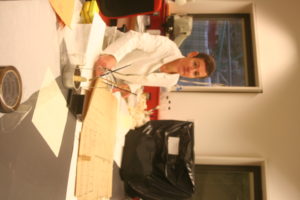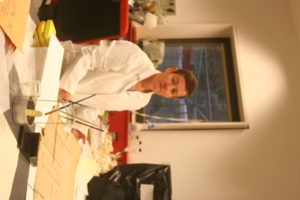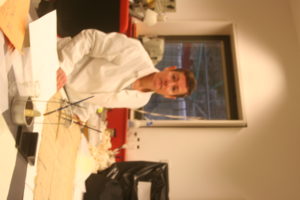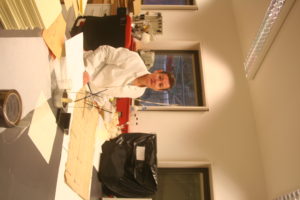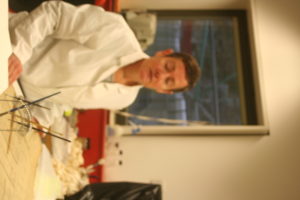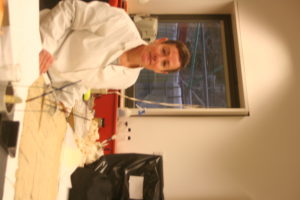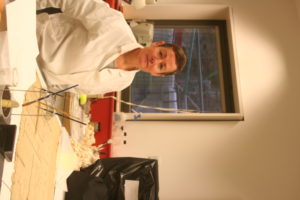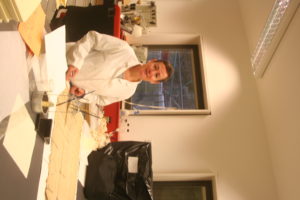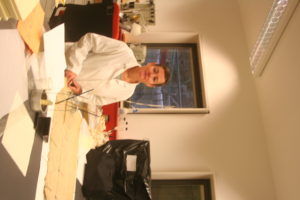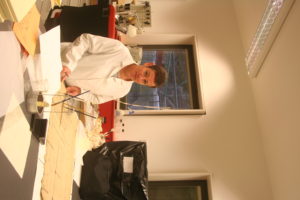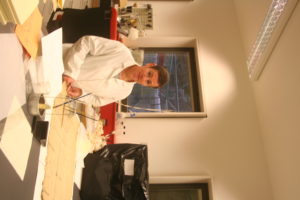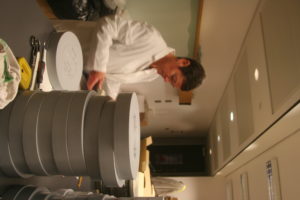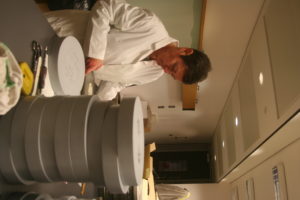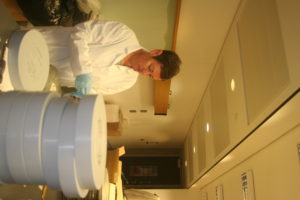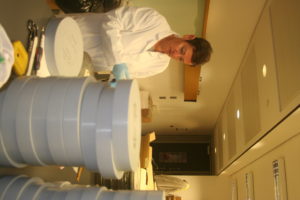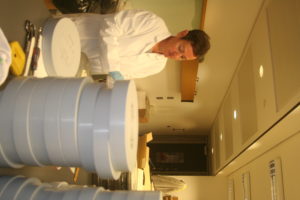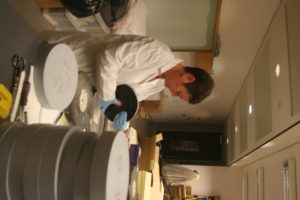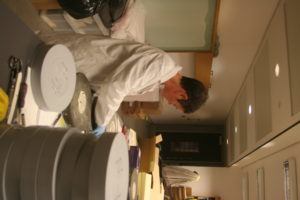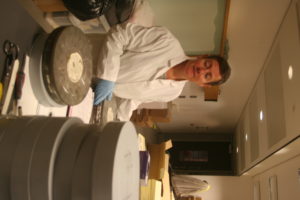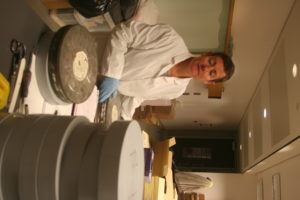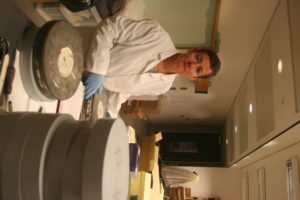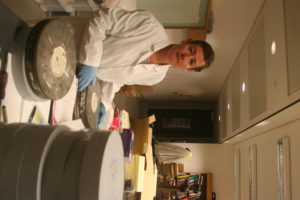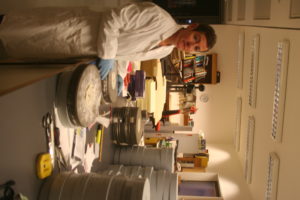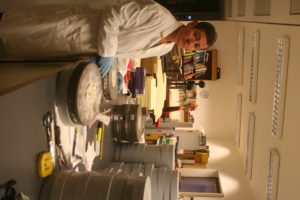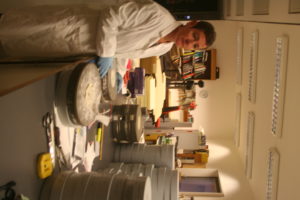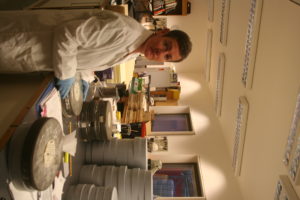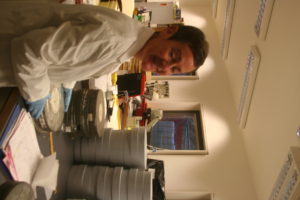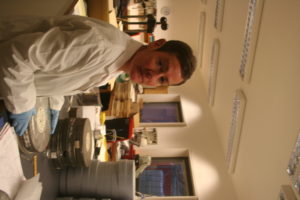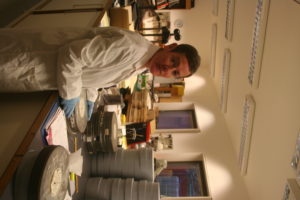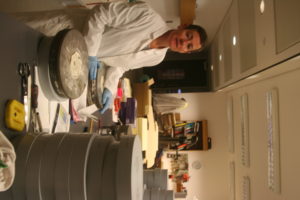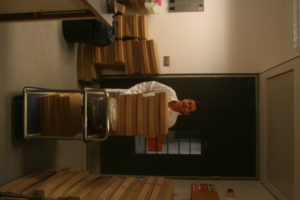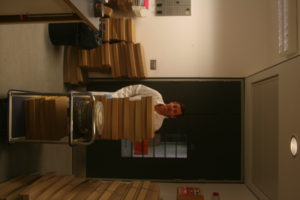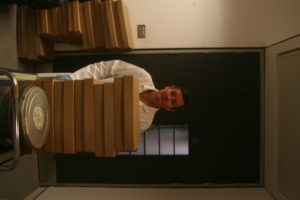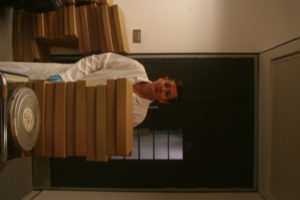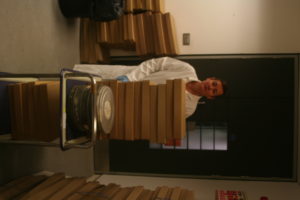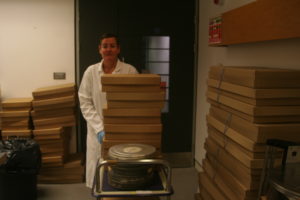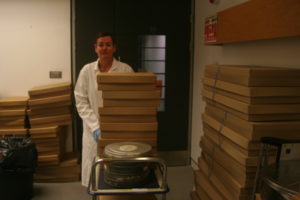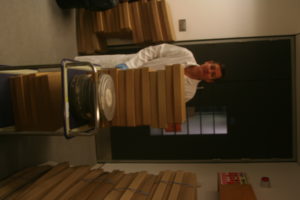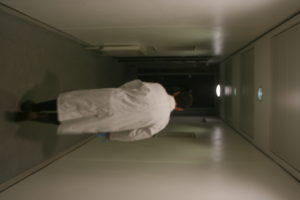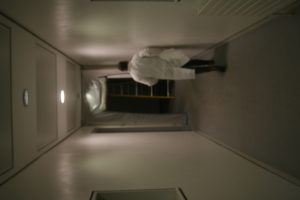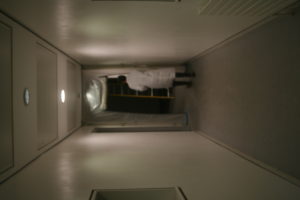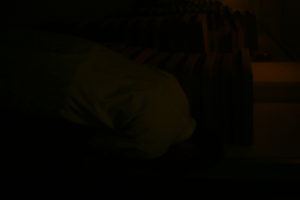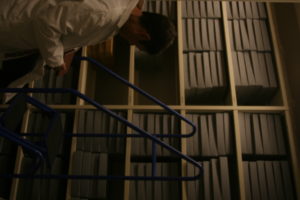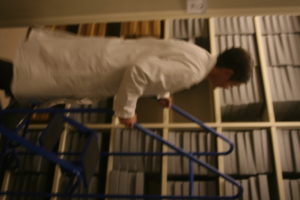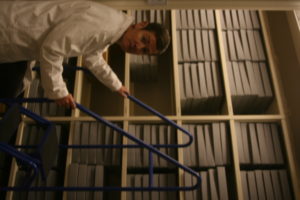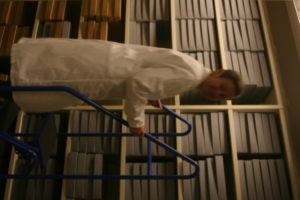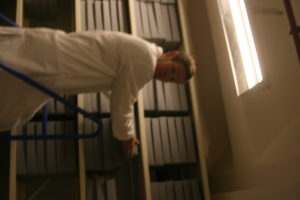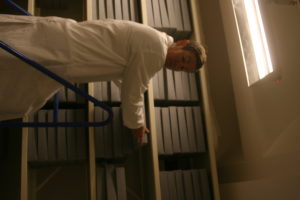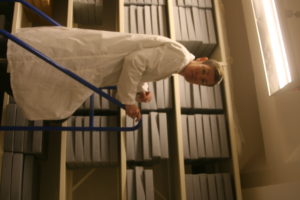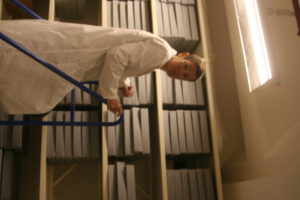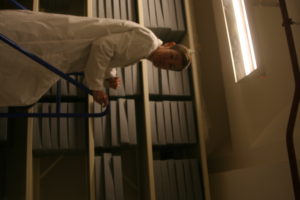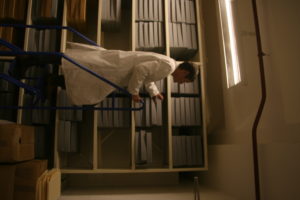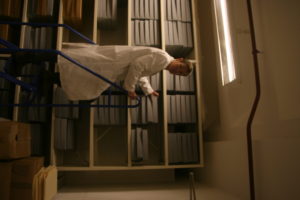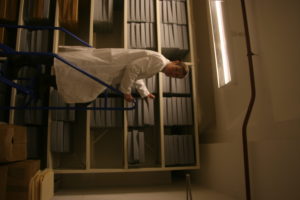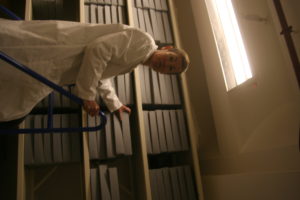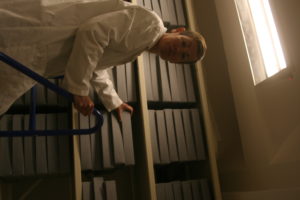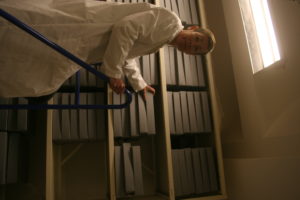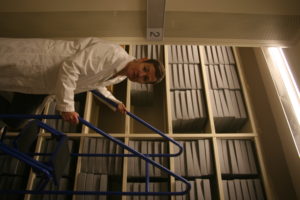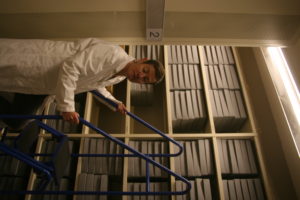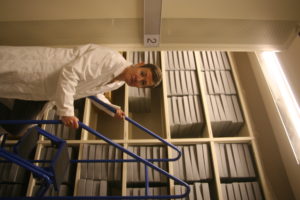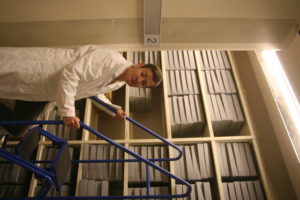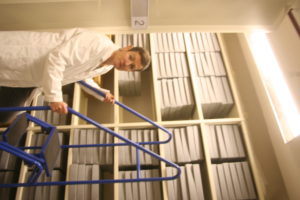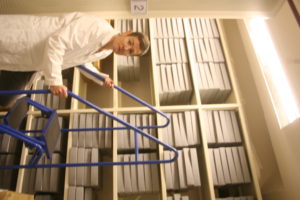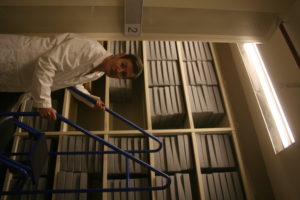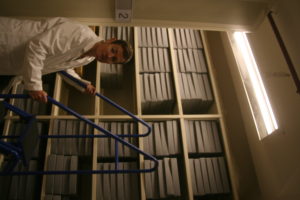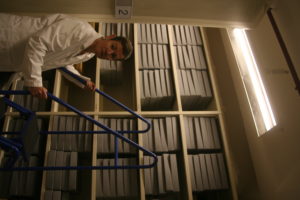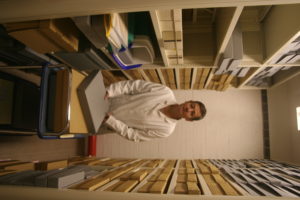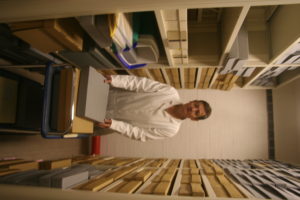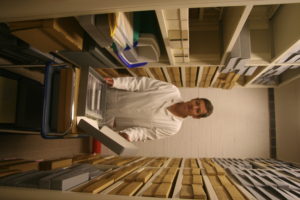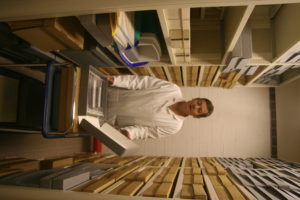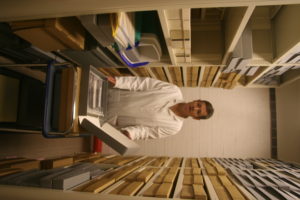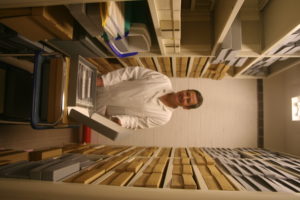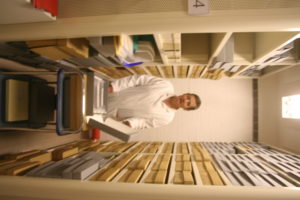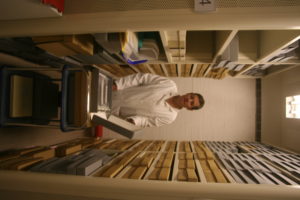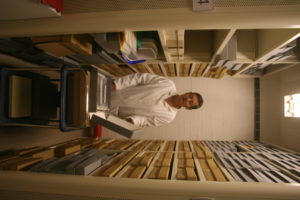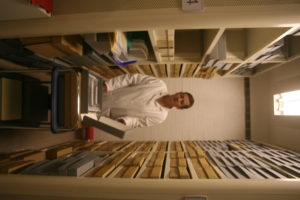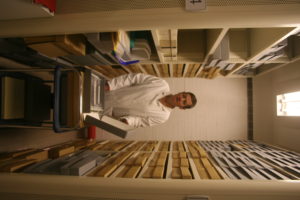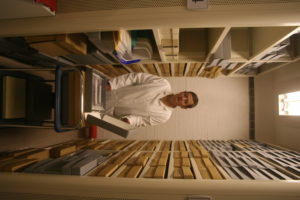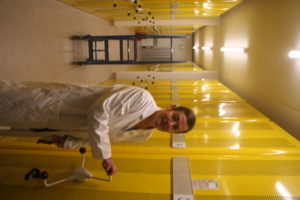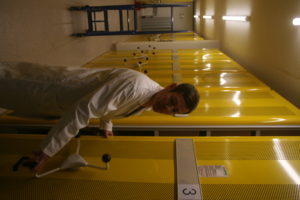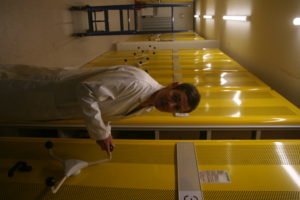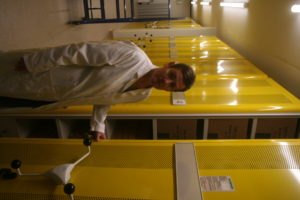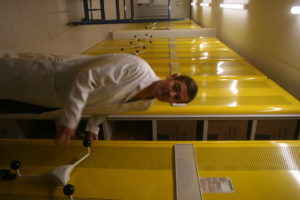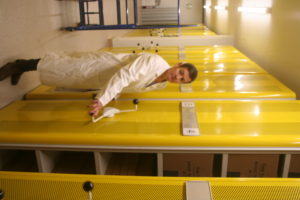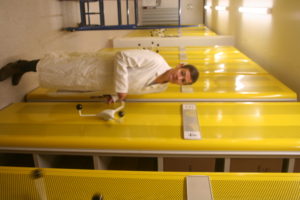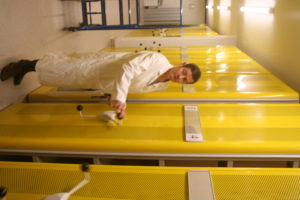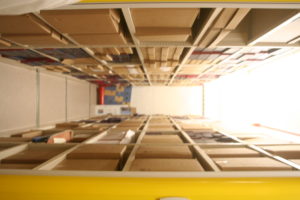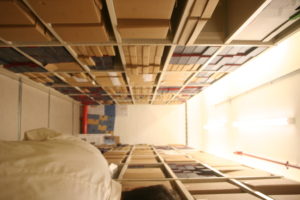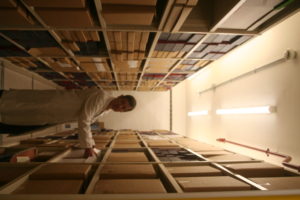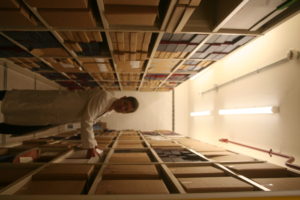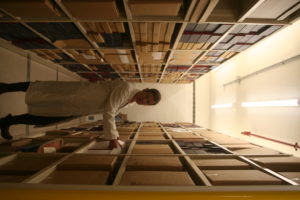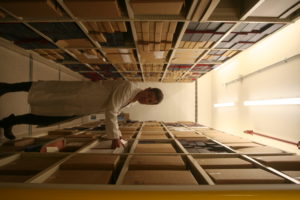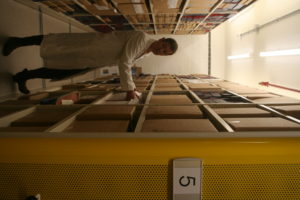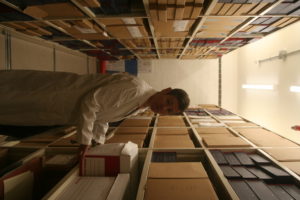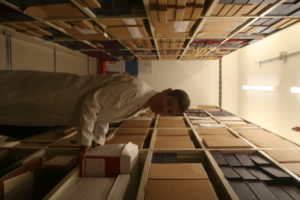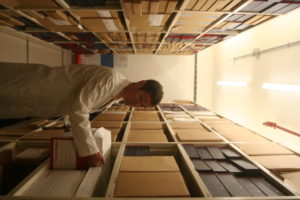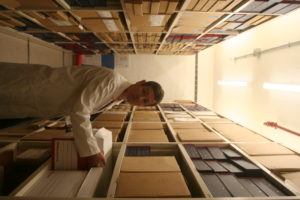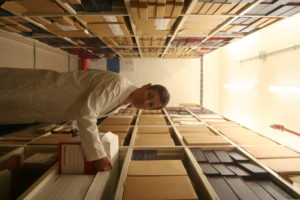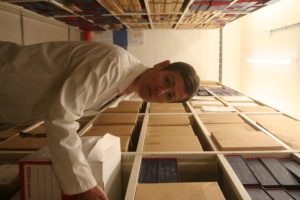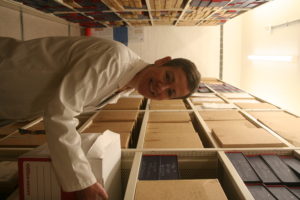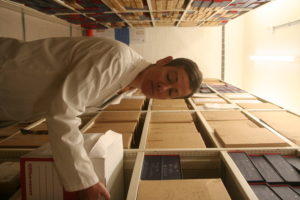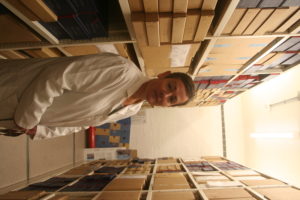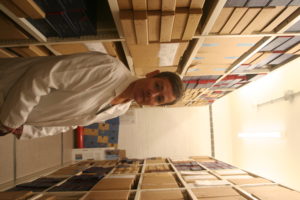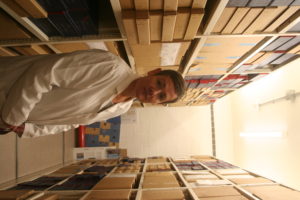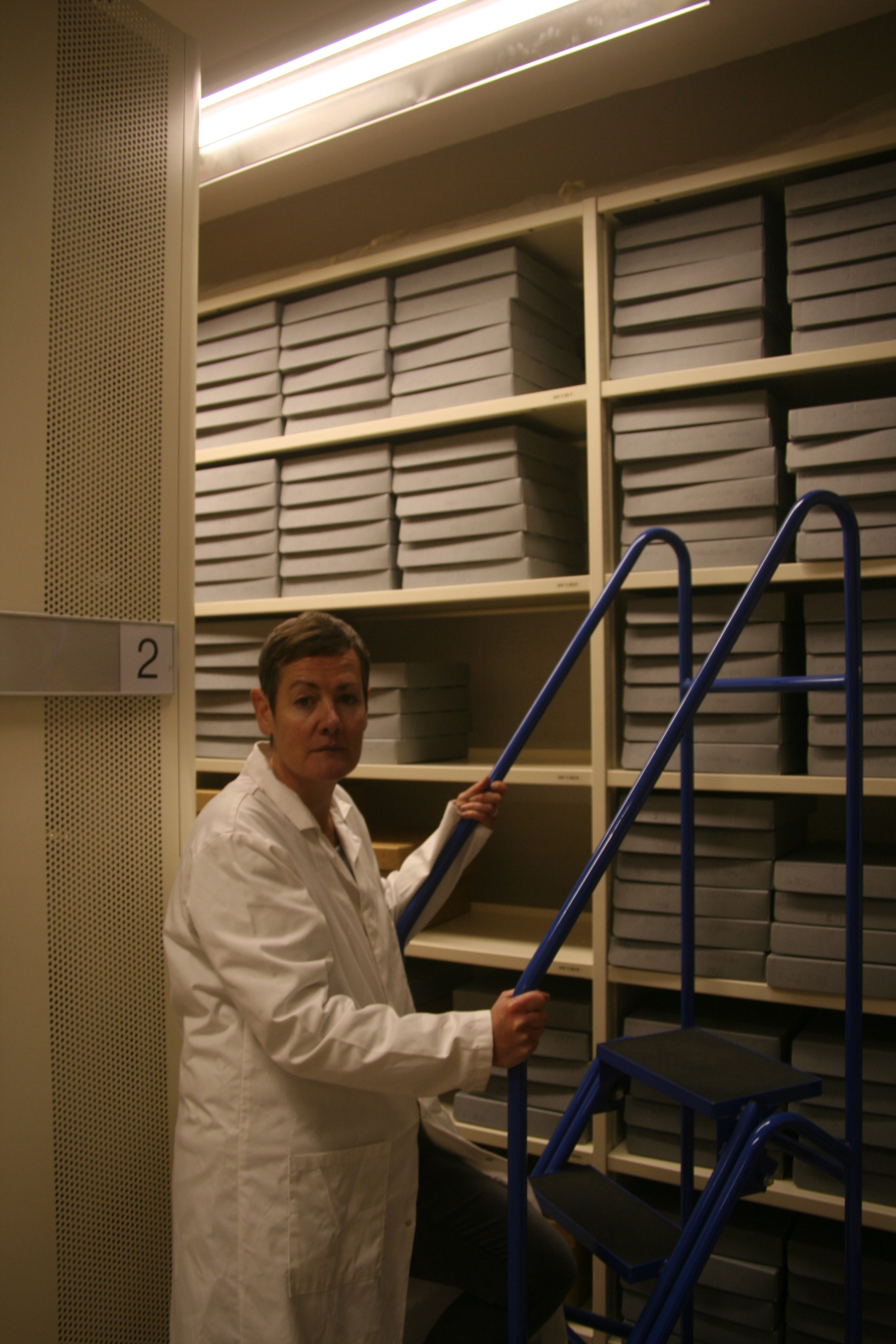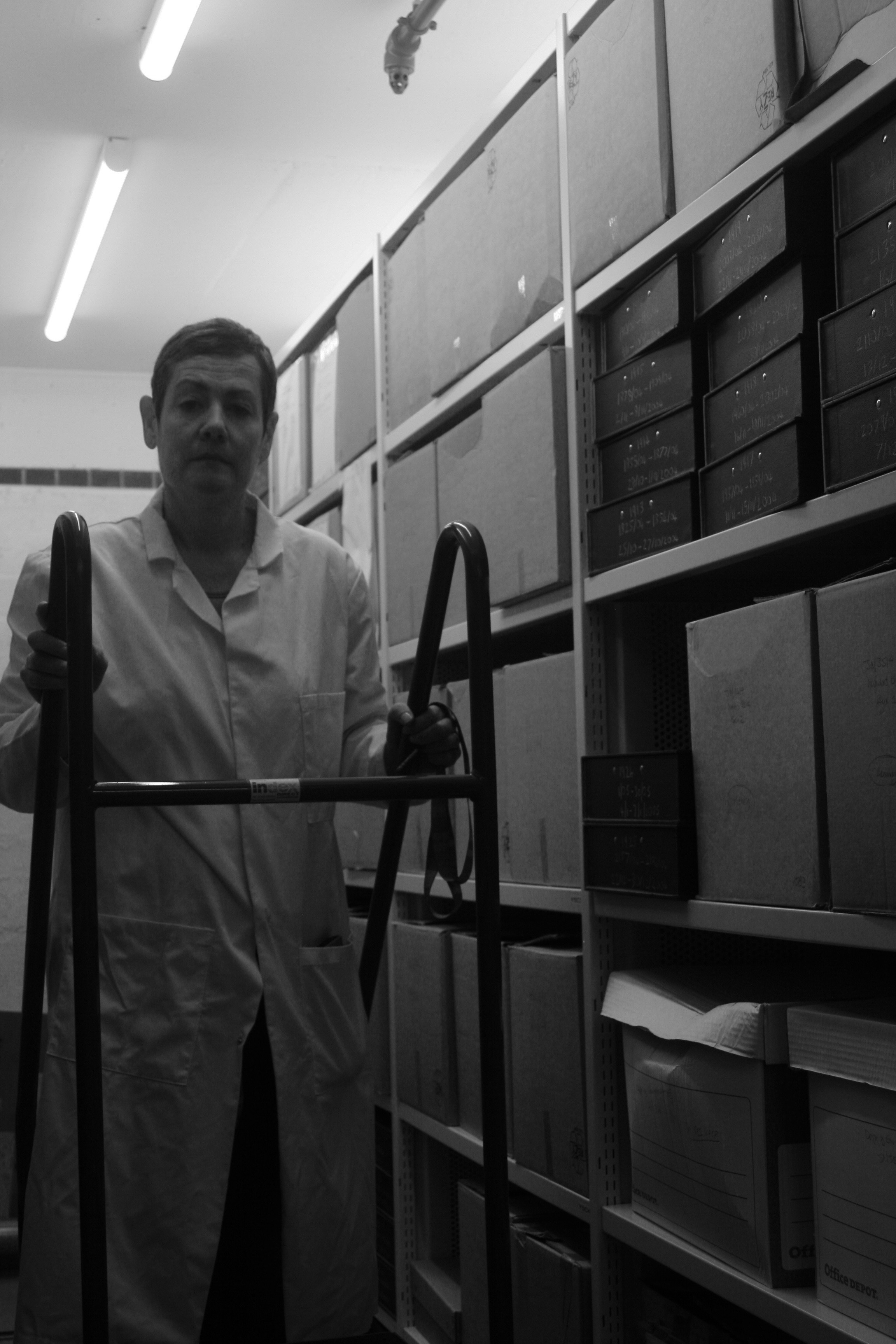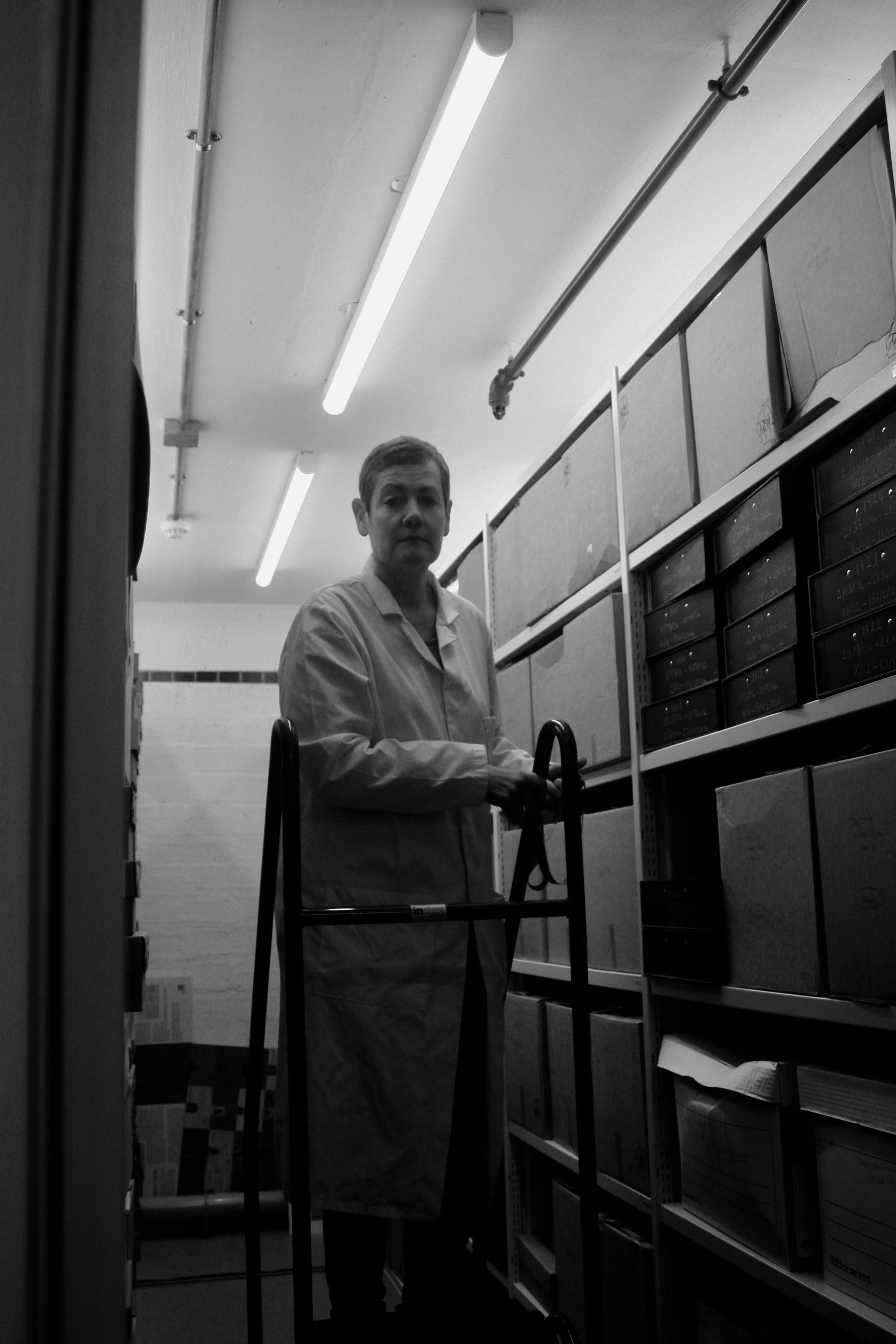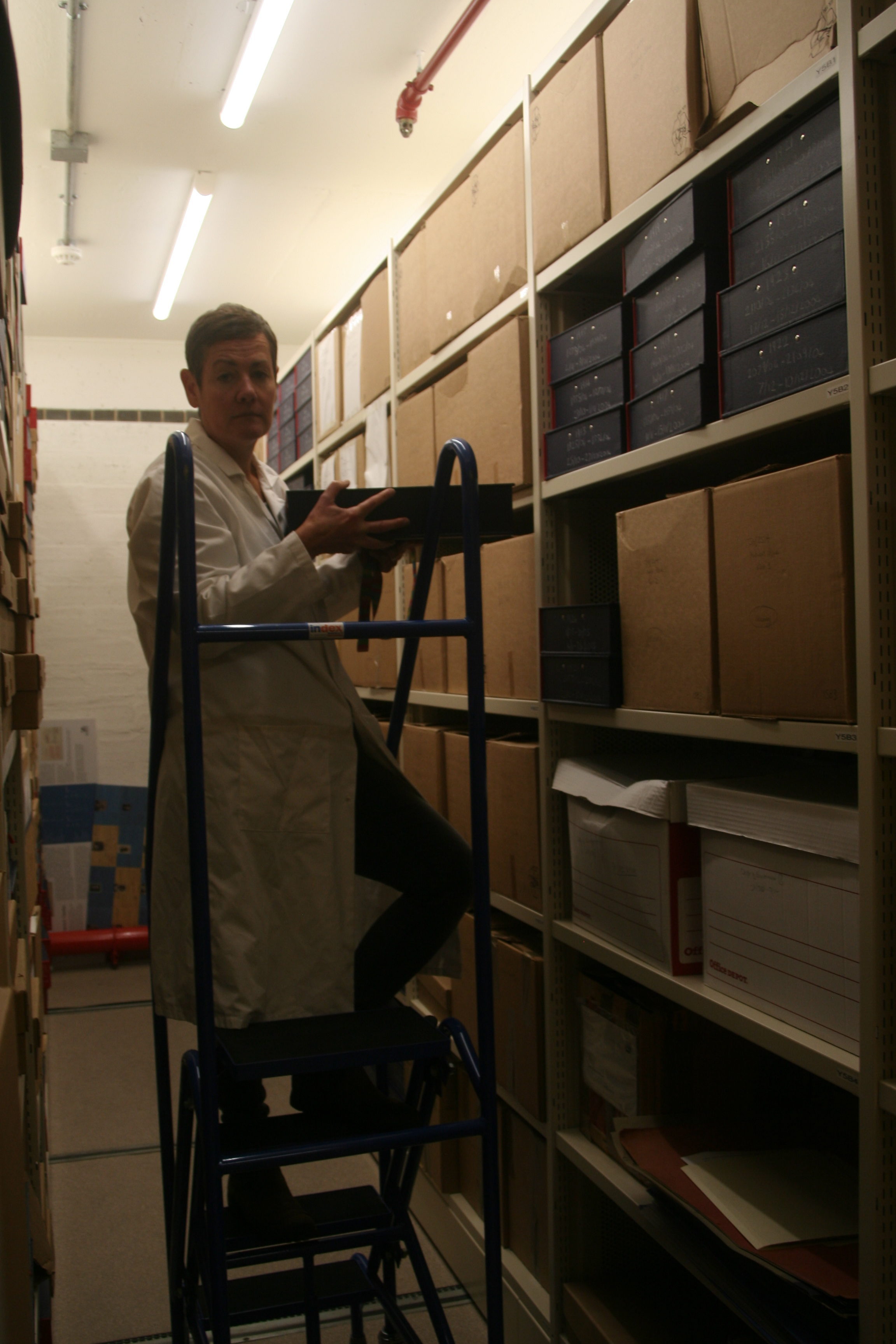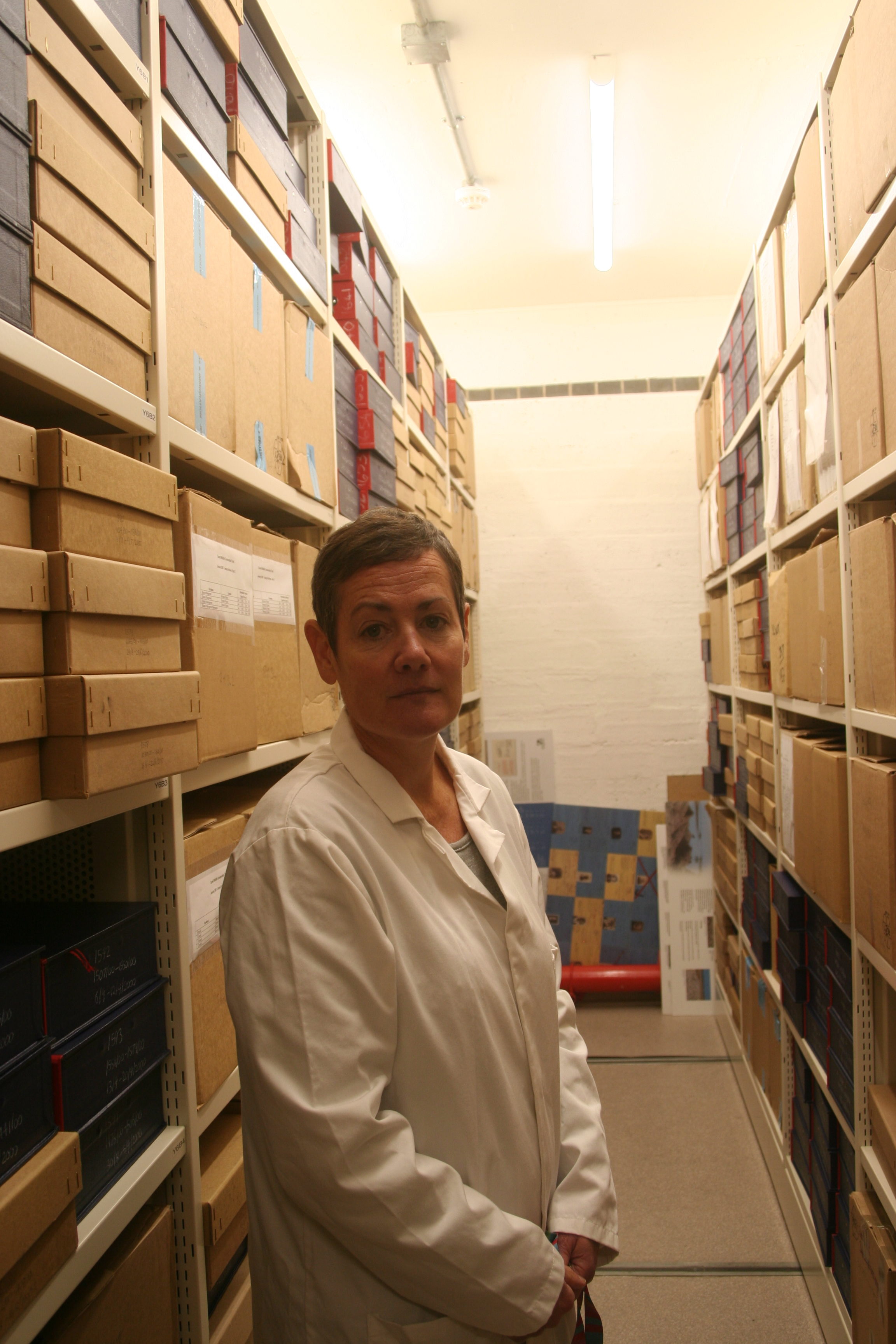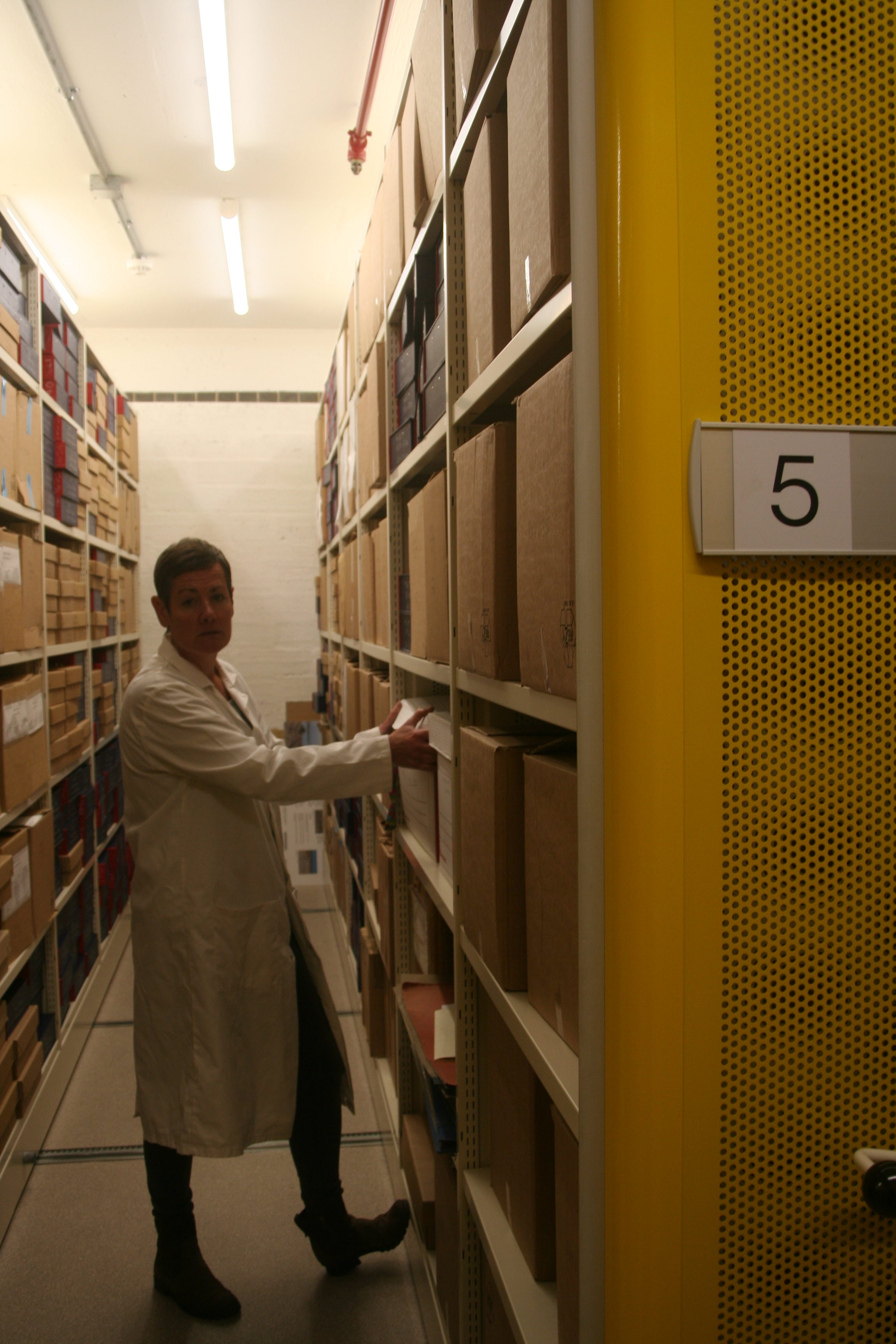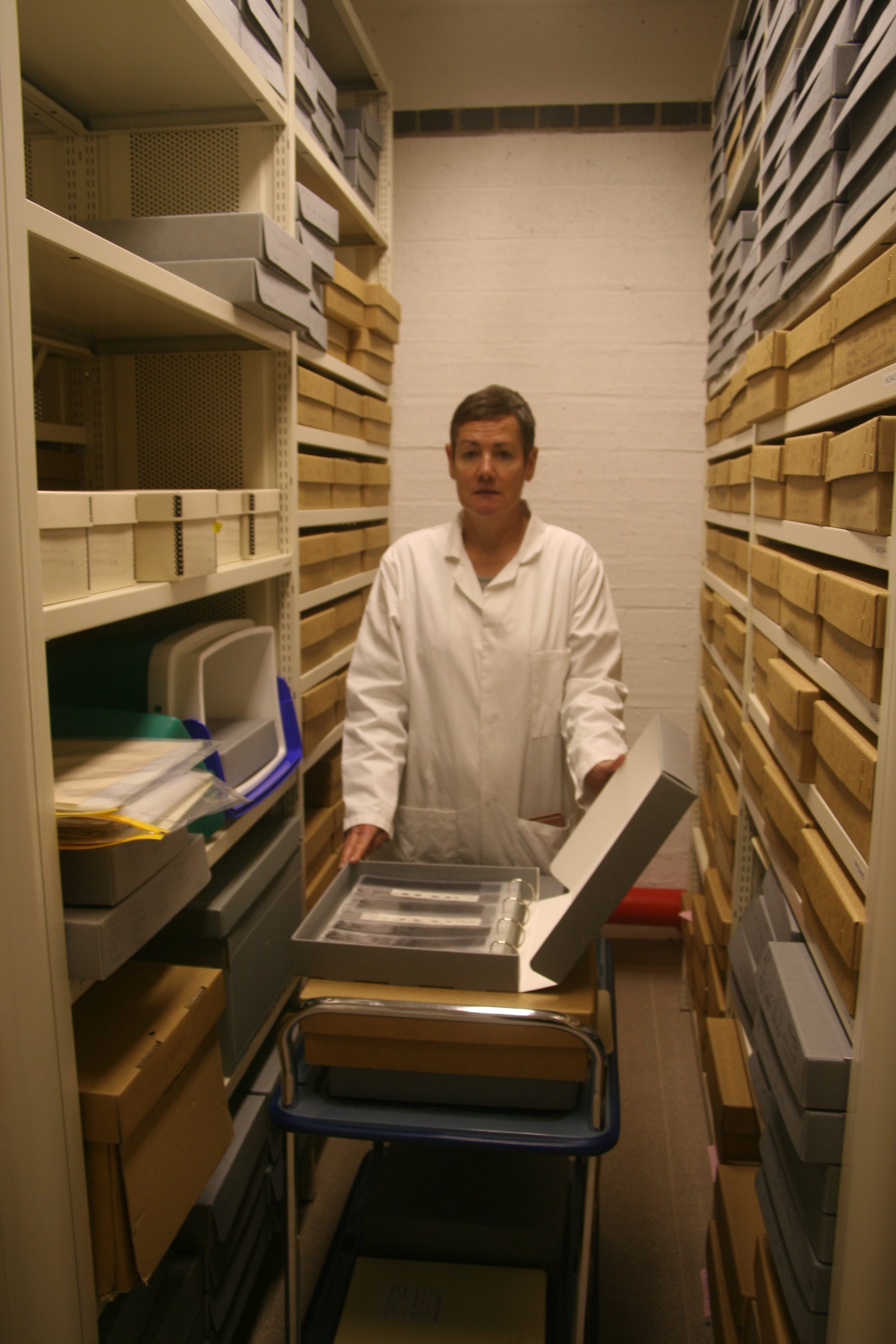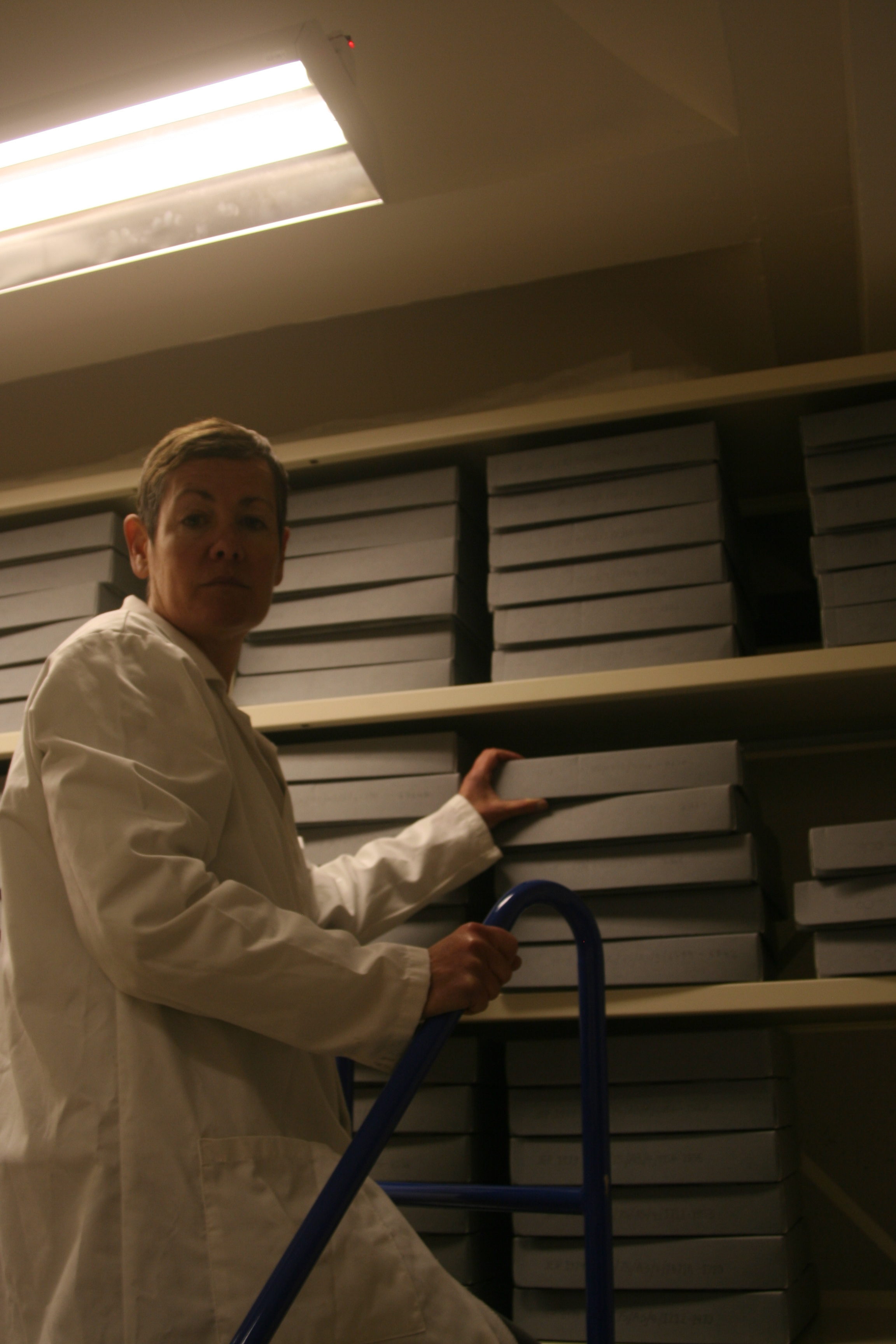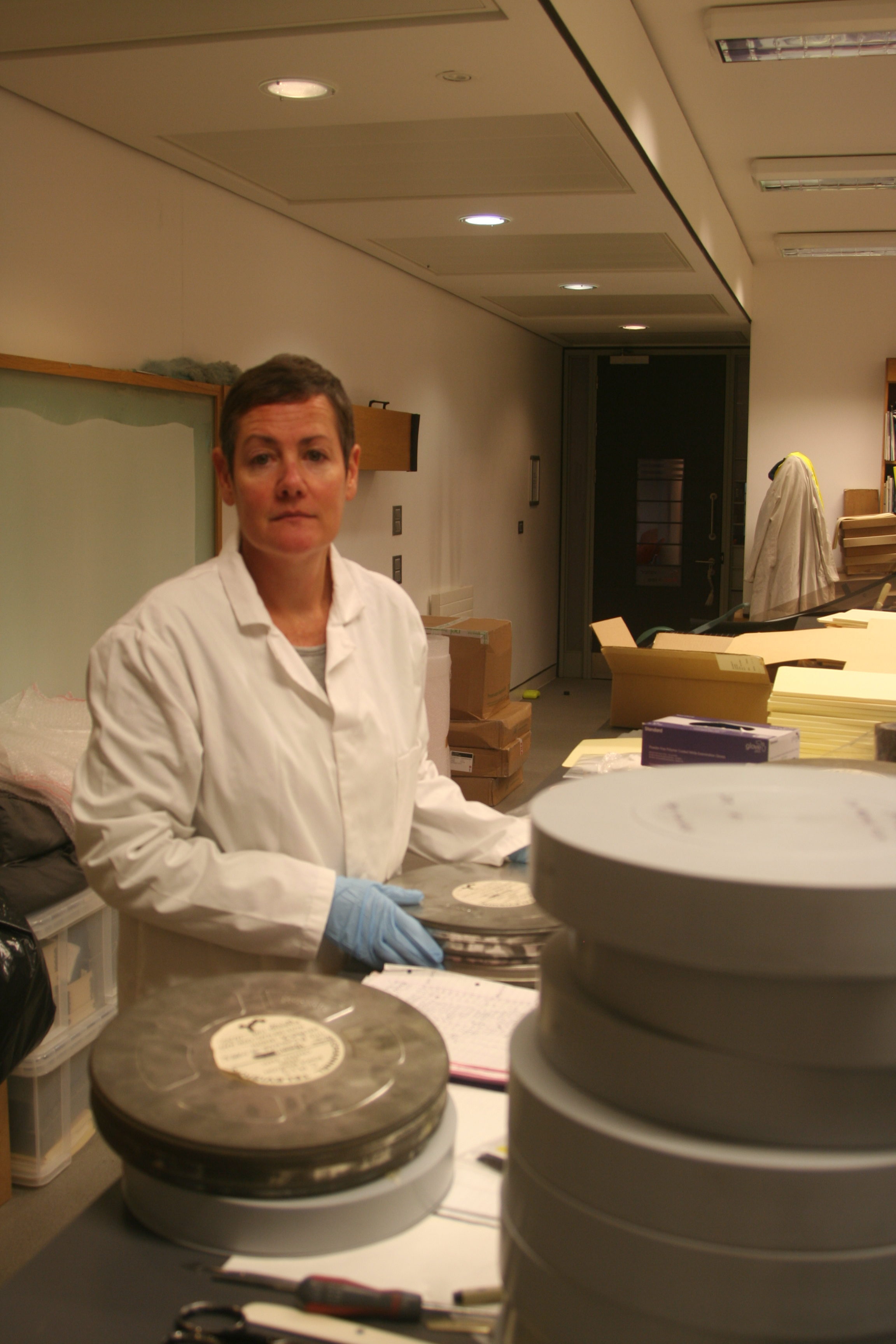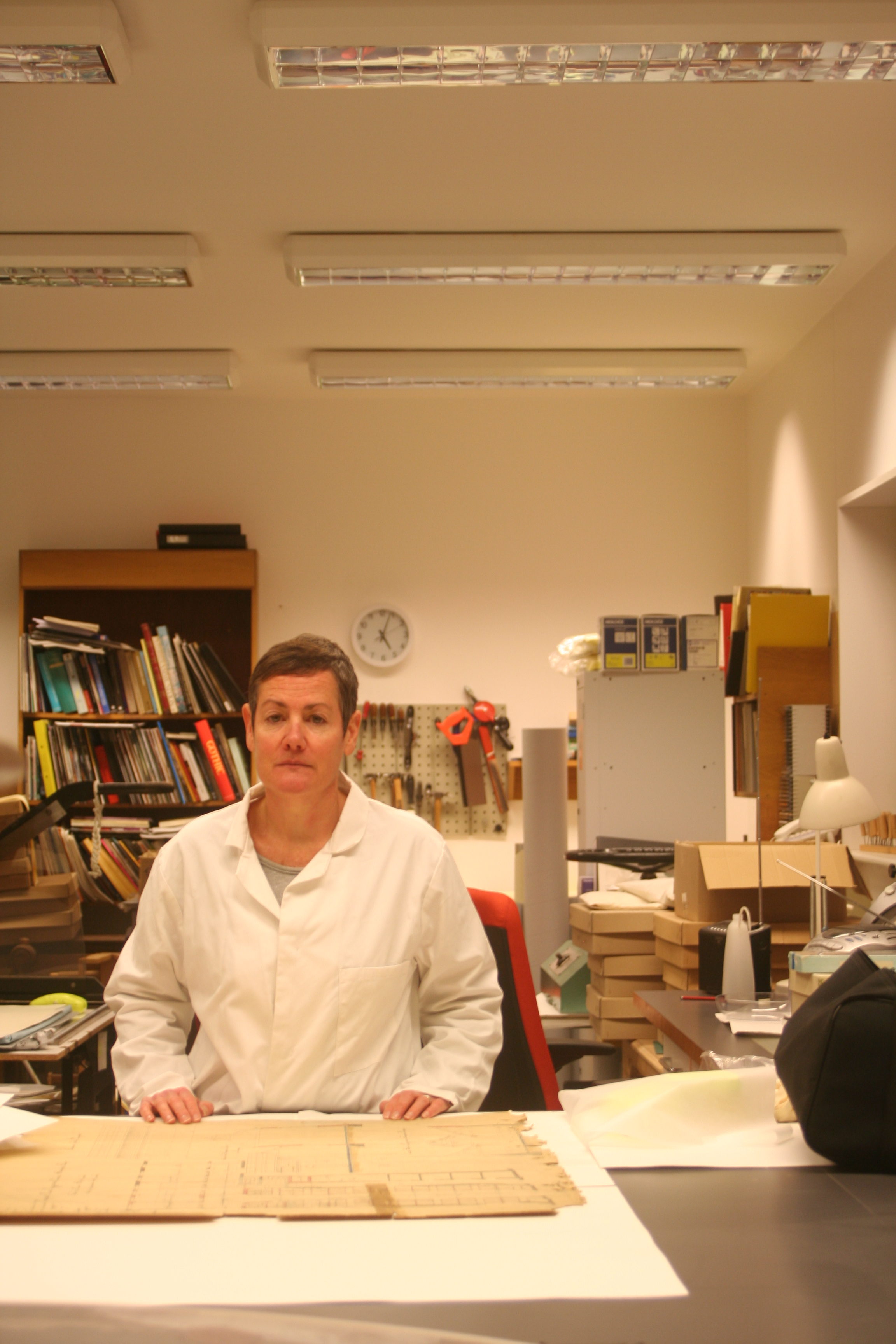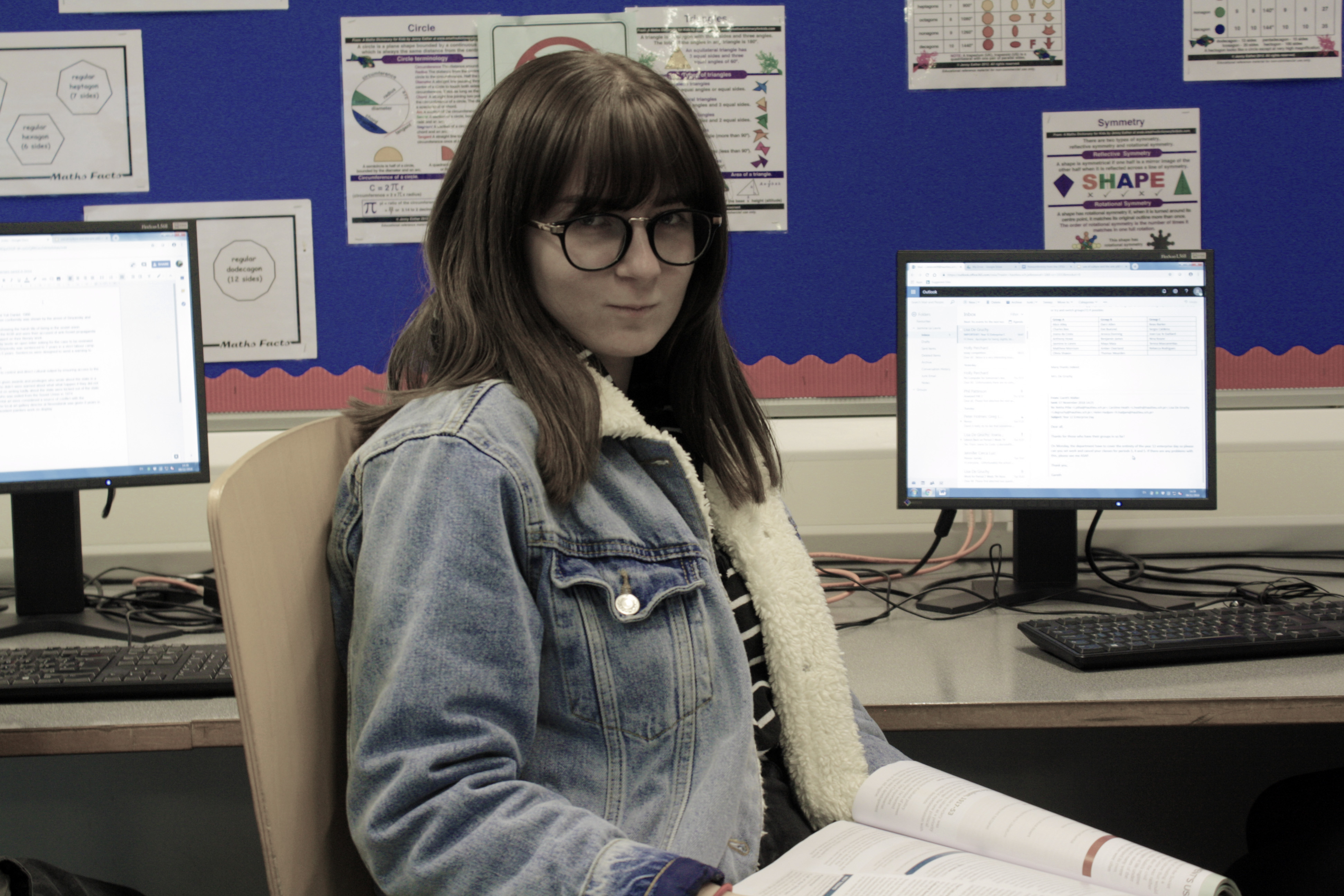PHOTOSHOOT PLAN OF ACTION:
WHO am I photographing?
After contacting multiple people to see who was willing to be involved in a photoshoot, I was finally able to get hold of a dog walker.
WHAT am I photographing?
During this photoshoot I was planning to capture a very regular walk , the everyday typical working day of the subject.
WHEN am I doing the photoshoot?
I chose to do this photoshoot during early/ late morning as I felt that I could get the best, most bright images during this time of day.
WHERE did I conduct this photoshoot?
In order to get the most interesting images, I visited two locations, a wooded area in Trinity and also Bouley Bay.
WHY did I conduct this photoshoot in this way?
I thought that the images I’d take during this photoshoot would be a lot more interesting as there are more than one subject in the image. There are dogs which would add an element of action to all the images.
HOW did I produce the images?
For this photoshoot, due to the bright weather conditions of the day, I used a sun hood on my camera to avoid over exposure of the images. I introduced a power complex to the images, taking the images from a low angle.
CRITICAL ANALYSIS OF IMAGES;
TECHNICAL:
This photoshoot was quite tough in terms of exposure to capture properly. It was early morning when I went out to capture these images. I was expecting cloudy weather, with very diffused, soft natural light, yet the day was only partially cloudy therefore there would be moments when the sun was very strong and I would be forced to manually change my exposure and shutter speed settings. This in turn made a lot of the images have motion blur due to the moving of the dogs and walking to capture the images. I therefore used a sun hood in order to stop this from happening, making a lot of the images very dramatic in lighting. During this photoshoot I also had keep in front of the subjects in order to allow them to look into the camera and make eye contact. There is no real composition to any of the photos as they were captured in the middle of an action, sometimes stopping to again make eye contact with the camera. Also due to the fact that I constantly had to keep in front of the subjects, I had to walk quite a distance in front of them meaning I used a long-focus lense, this allowed me to retain the quiality of the images even when I zoomed in on the subjects. It was also useful as it was a better lense for capturing action shots. As for camera settings, I mostly used the M (manual) setting, due to the constant changing of light in the environment, being dark in the wooded area and very bright on the beach. I used a shutter speed of 1/800 as this allowed we to capture, crisp and clear images even when the dogs and the subject was moving around. I used exposures of f8 during cloudier periods of time and f16 when it was sunnier as this meant that the images weren’t over or underexposed during specific weather conditions. As for white balance, I kept it on the daylight setting as I thought this was the most effective and allowed me to capture images that are balanced.
VISUAL:
During this photoshoot, the hardest aspect was definitely having reoccurring eye contact with the subjects. Due to the chaotic nature of this photoshoot, and having to run in front of the subject to capture them, it was hard to remind the subject to look at the camera. For the image below, I asked the subjects to stay still and look at me, I felt that this was a very successful image due to the ominous and dark atmosphere it has. There is a real sense of depth in this image, as the first subject is in the foreground of the image, the second being in the miground and the trees in the background. It is in a way a parallel image is it seems like the subject in the foreground is duplicated in the midground but flipped around to make eye contact with the camera. I edited the image and made it black and white as I felt this was the most suitable for this photo and the atmosphere it has. To remain consistent I did this for all my images. This image is extremely dramatic in nature, not only coming from the dim surroundings but also the facial expression of the subject. It is quite blank, with no noticeable feeling being captured, fitting well with the overall theme of this photoshoot. The angle of the image is quite central, slightly upwards facing. This further adds to the powerful presence of the subjects in the image. Both the subjects have a neutral stance, simply standing straight, yet the combined stance of them adds to an overall alluring image. The trees situated in the background of the image, break up the even surface of the coats of the subjects, adding additional captivating elements to the portrait. The light is hitting from the top left hand corner of the image, illuminating the face of the first subject yet keeping it dark for the second subject.
CONCEPTUAL:
During this photoshoot, the main concept I was wanting to capture was lifestyle and class in Jersey. This is island is filled with natural beauty, with beaches and natural landscapes all around. The subject who makes a living, spending their days in the outdoors to me is very admirable, as it is a job unlike most in jersey. Having a notably large financial sector, most people work in jobs which forces them to be stationary, not seeing the real jersey. This ties in to a much larger issue of people becoming disconnected from nature and the outdoors. This having many adverse effects, such as poor mental and physical health. Jobs like this are often seen as low class, yet it is on the simple tasks that often play an essential role in society. Very class, poor and rich have a place in society, being the mechanism which makes it run like it does. I feel as though this photoshoot also has links to gender, and gender roles. It is often expected that women hold lower level, less roles in authority, which this photoshoot enforces slightly. Should we really be enforcing traditional gender roles? It is not always something that I am against for. Different jobs express the true nature of the genders, males being naturally more dominant and lead better, and women generally being nurturing and caring. However it may enforce this, I feel this job is admirable in the sense that it lets the subject maintain good mental and physical health through the constant exposure to nature.
CONTEXTUAL:
Both subjects in this photoshoot are my own personal family members. The woman (my mother) has a big love for animals, especially dogs. She holds a job as a nursery school teacher during the weekdays and choosing to take dogs out for walks on the weekend. She was born in Latvia, in a small town near the border of Russia in the 1970s. Her farther being a forest ranger, she grew up inside a forest, contributing to her love of nature and all things outdoors. She grew up in communist soviet state of Russia, therefore being very limited to any outside knowledge before the 1990s when the state finally collapsed and she was able to travel for the very first time to other European countries. Latvia, after being in financial collapse throughout the 2000s, made it very tough for my family to remain living it Latvia, legally moving to jersey in 2012. The other subject in the photo is my brother. Being a few years older than me, he has started his own professional career in mechanics. Growing up in a rural town, he also from a very young agr acquired love for nature, often saying that he can’t “function before having a walk”.

OTHER SUCCESSFUL IMAGES:
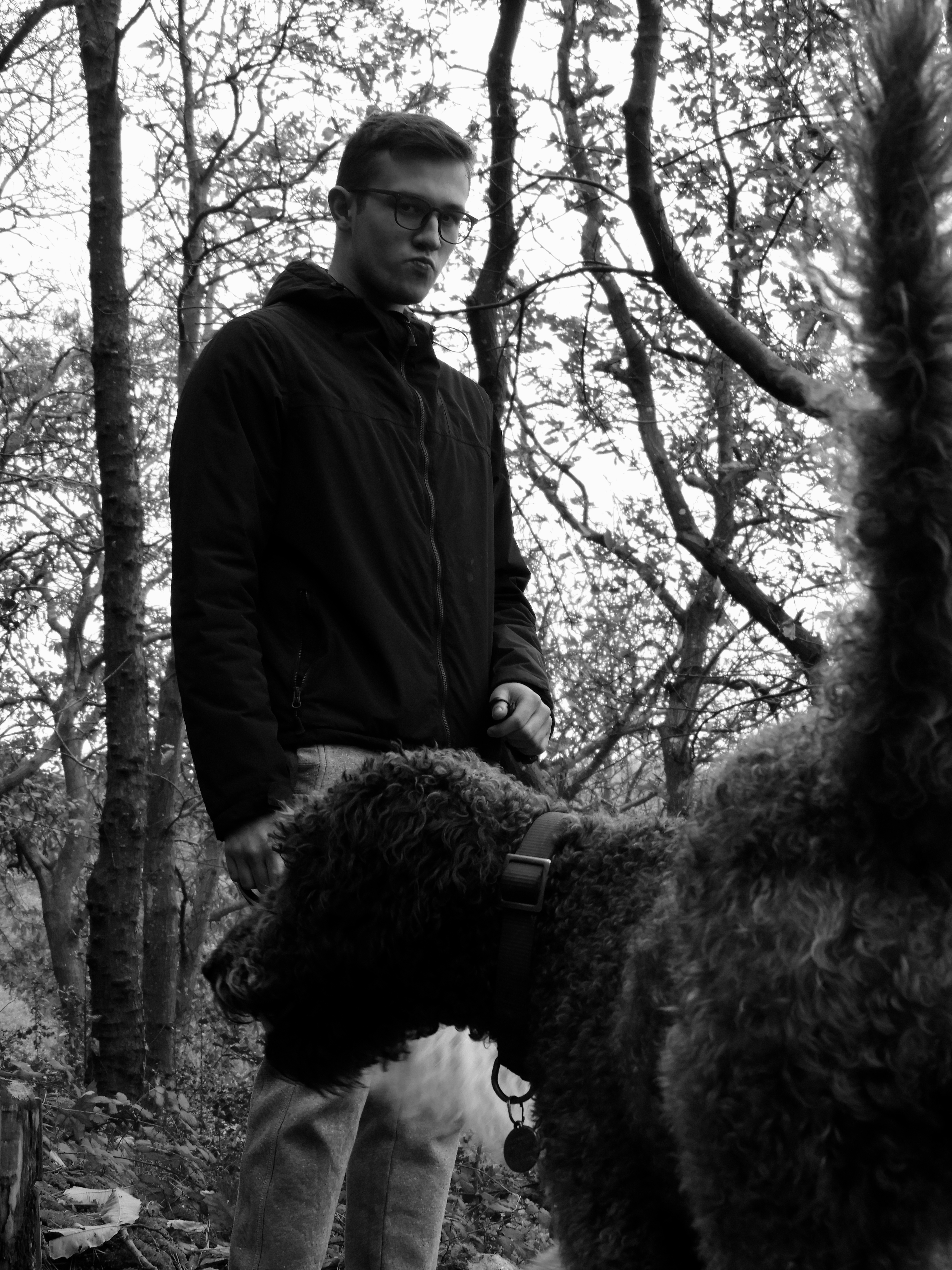
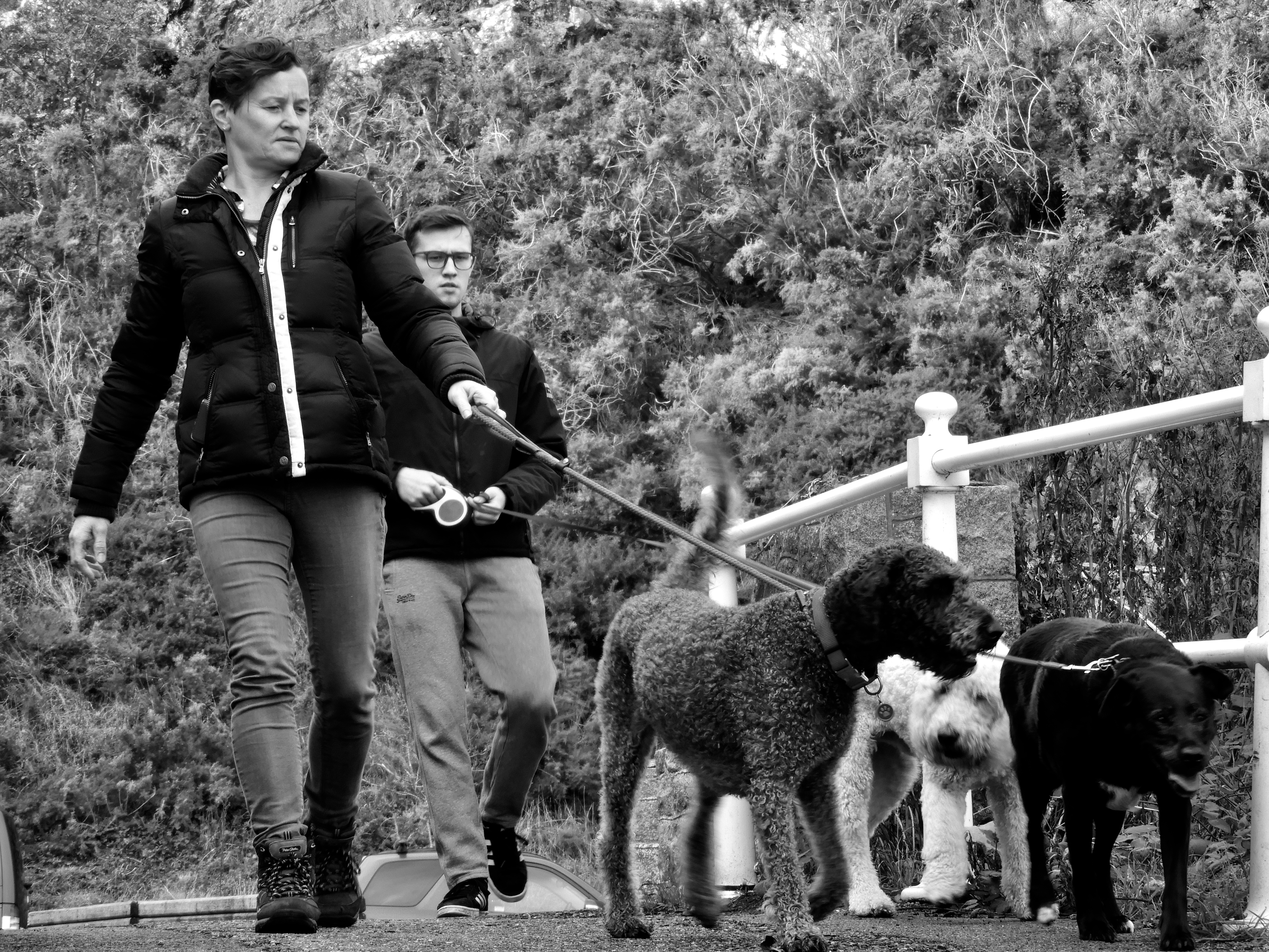
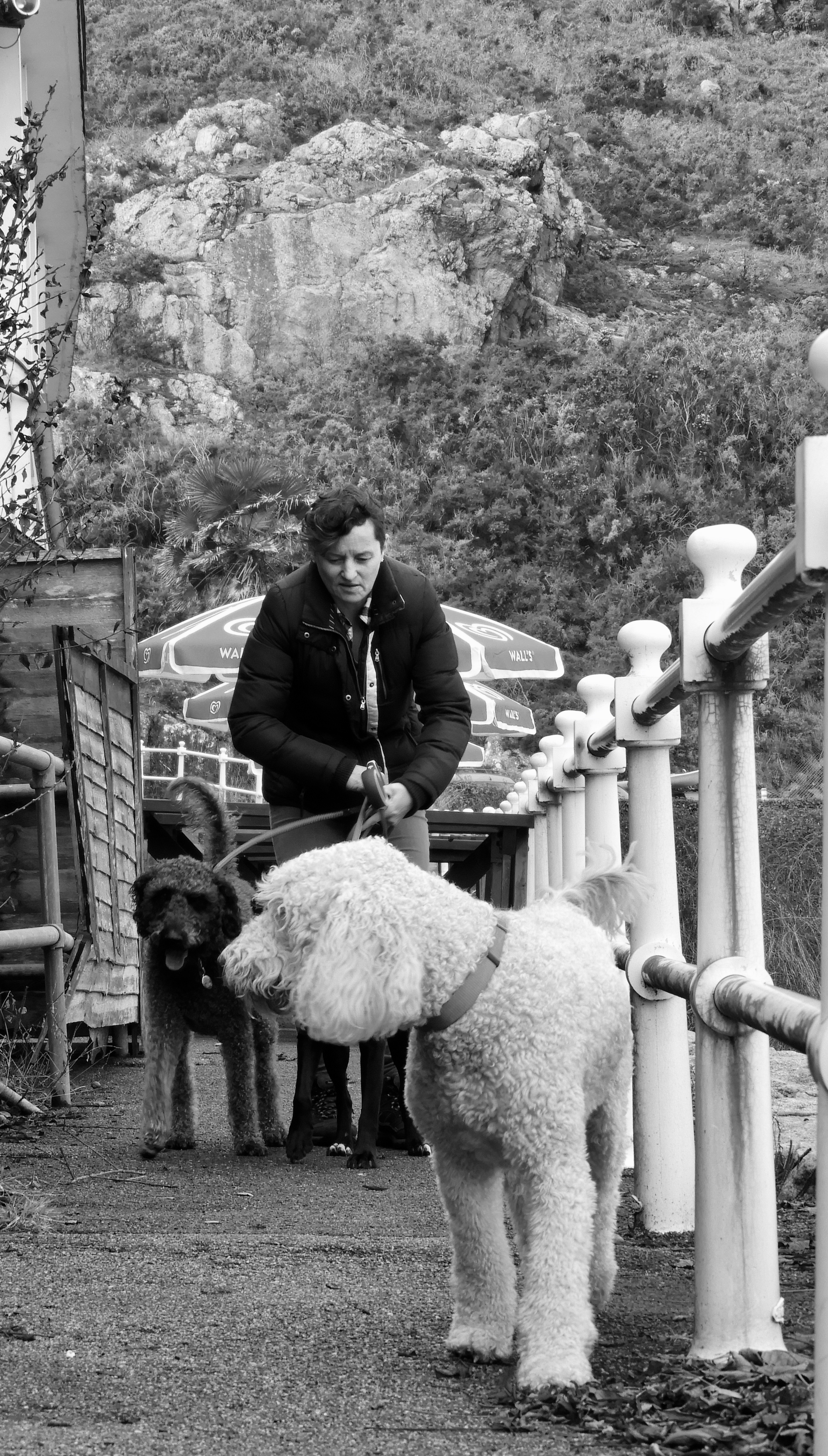
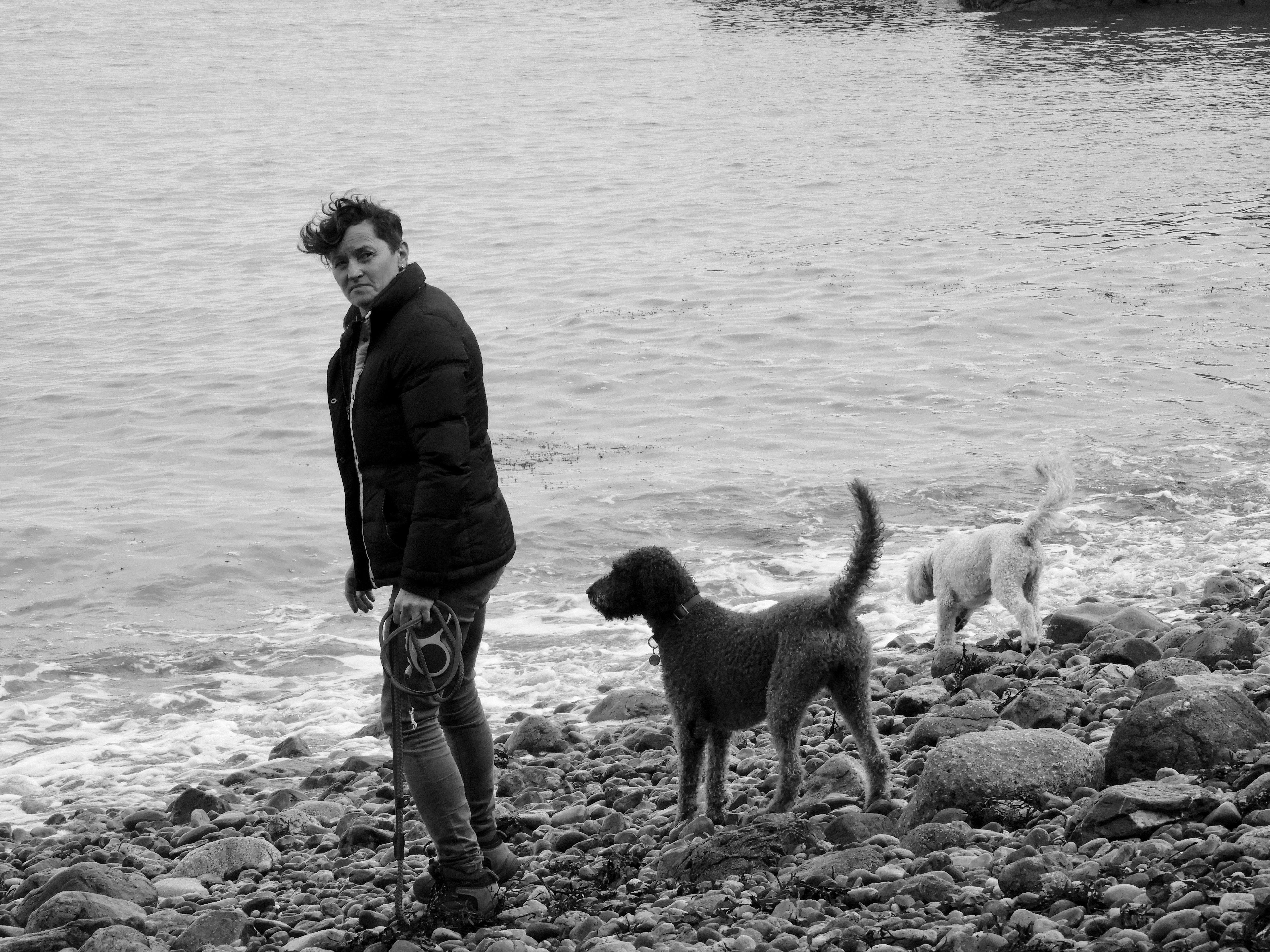
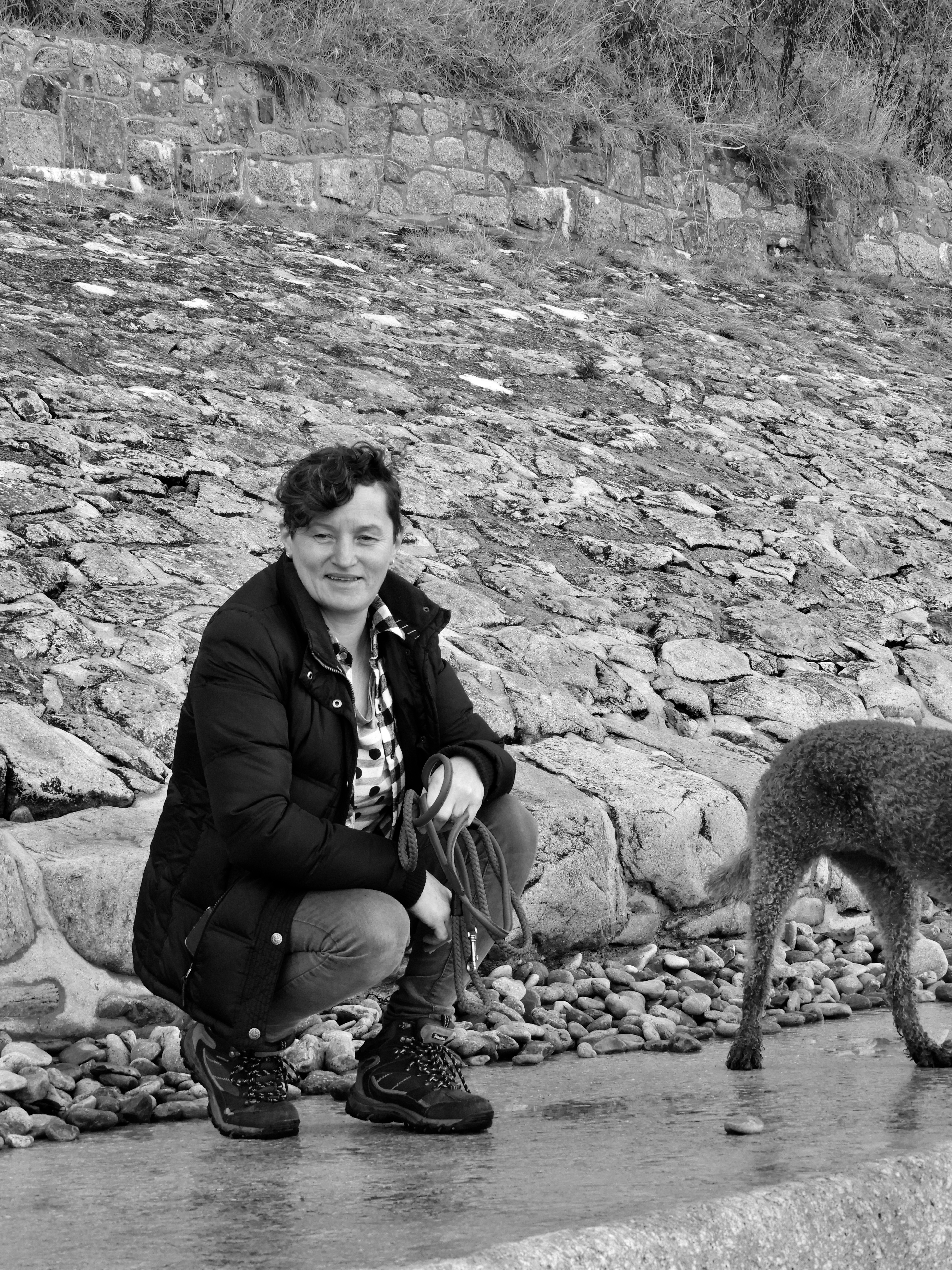
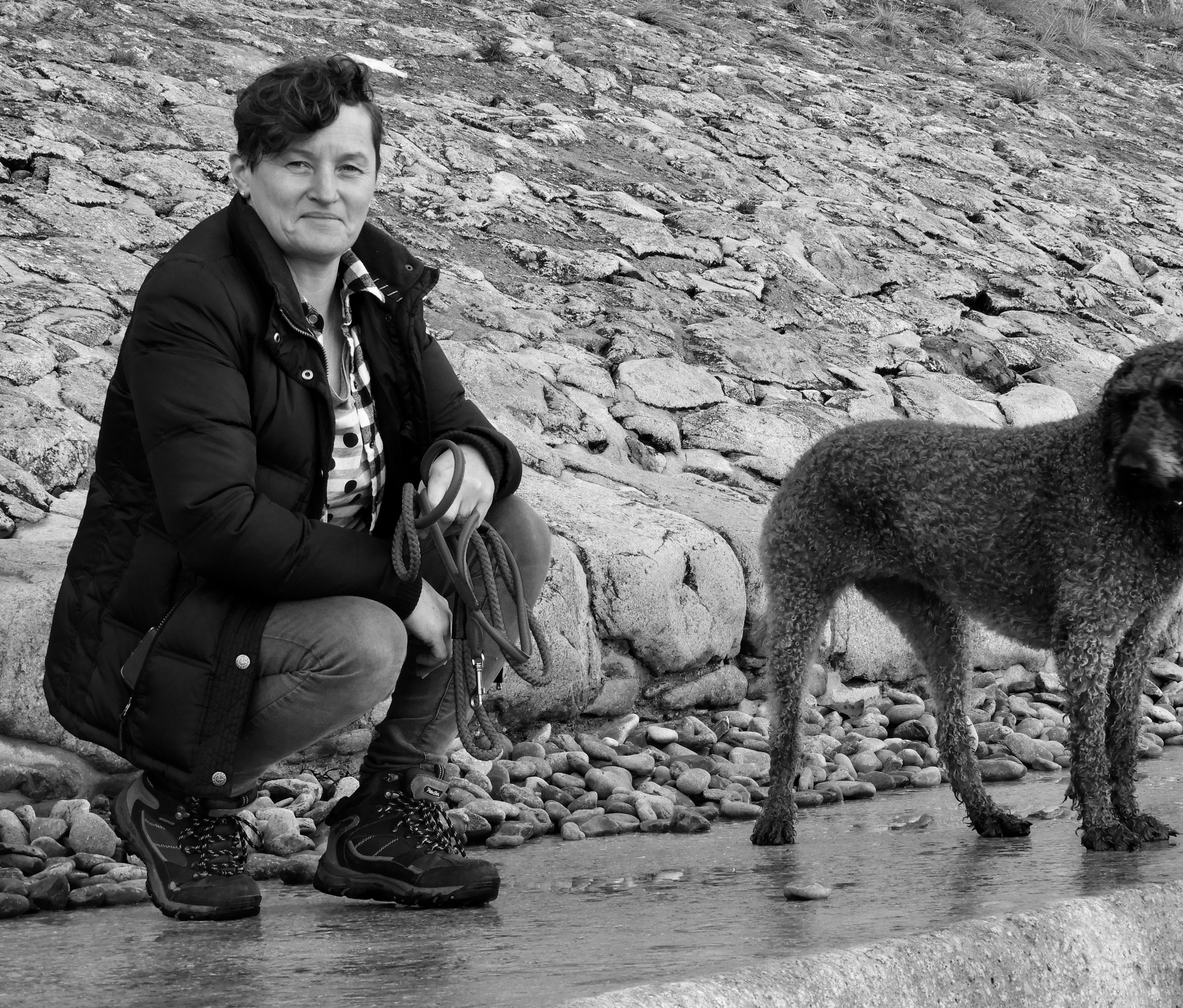
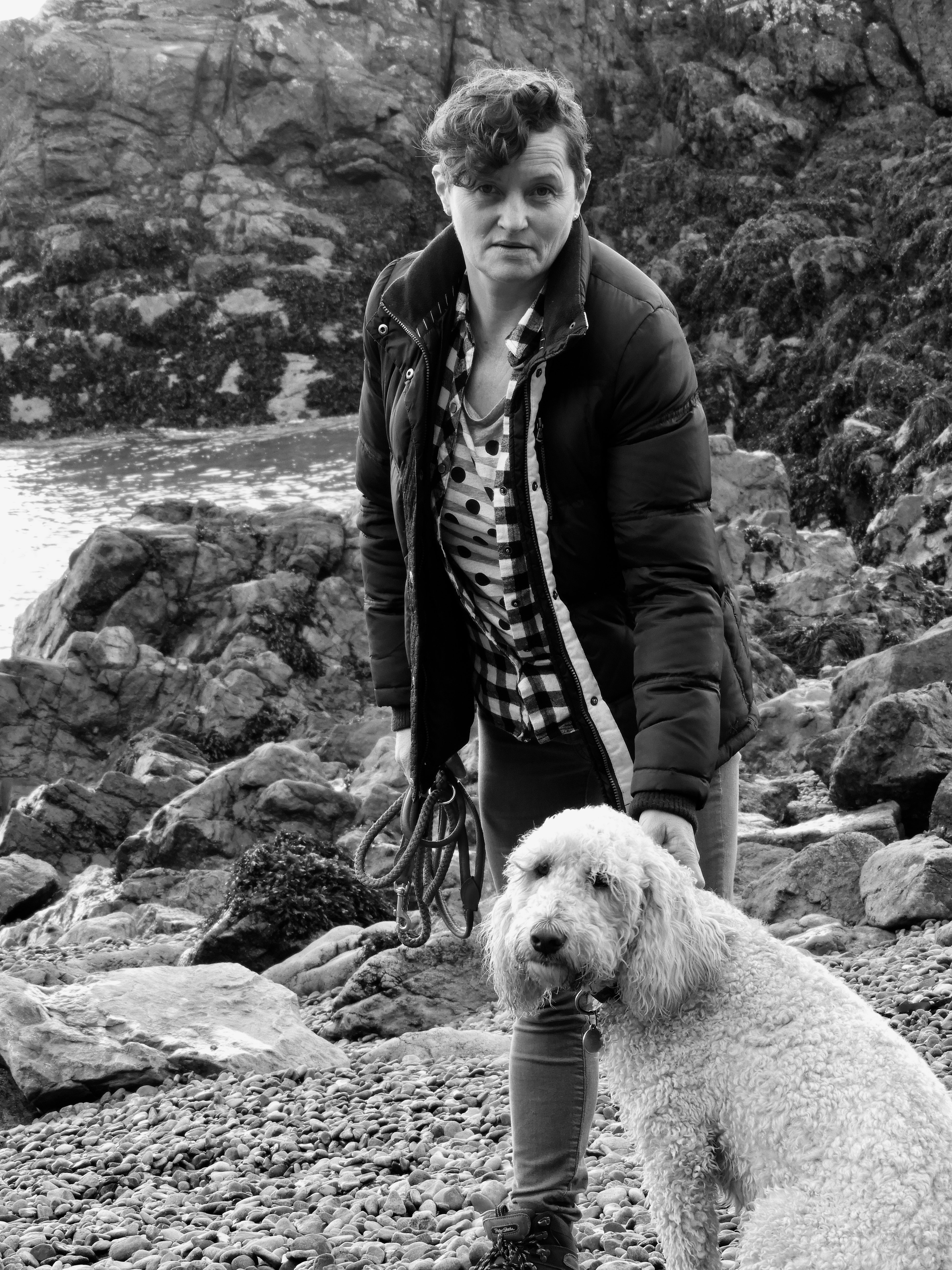
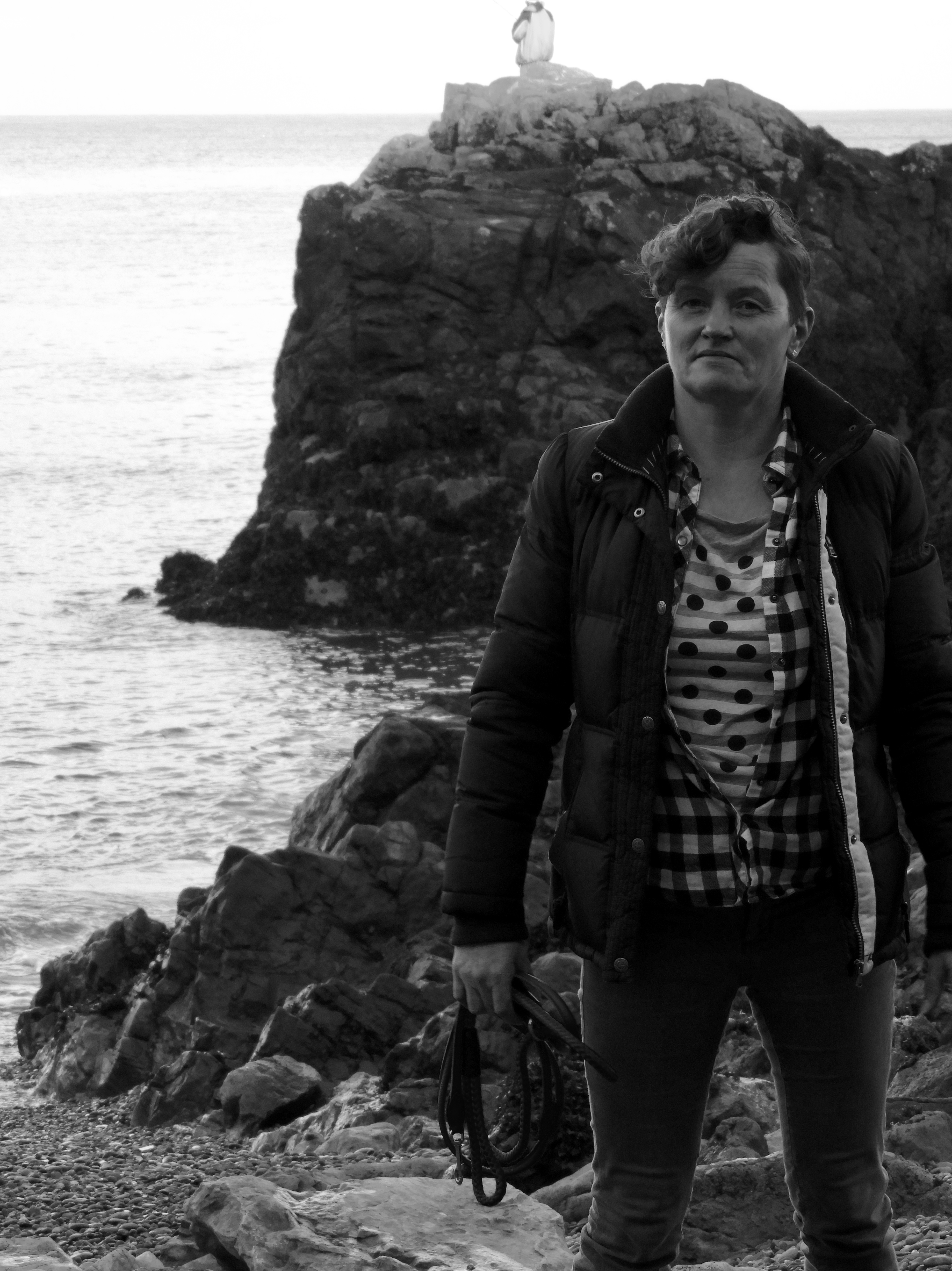
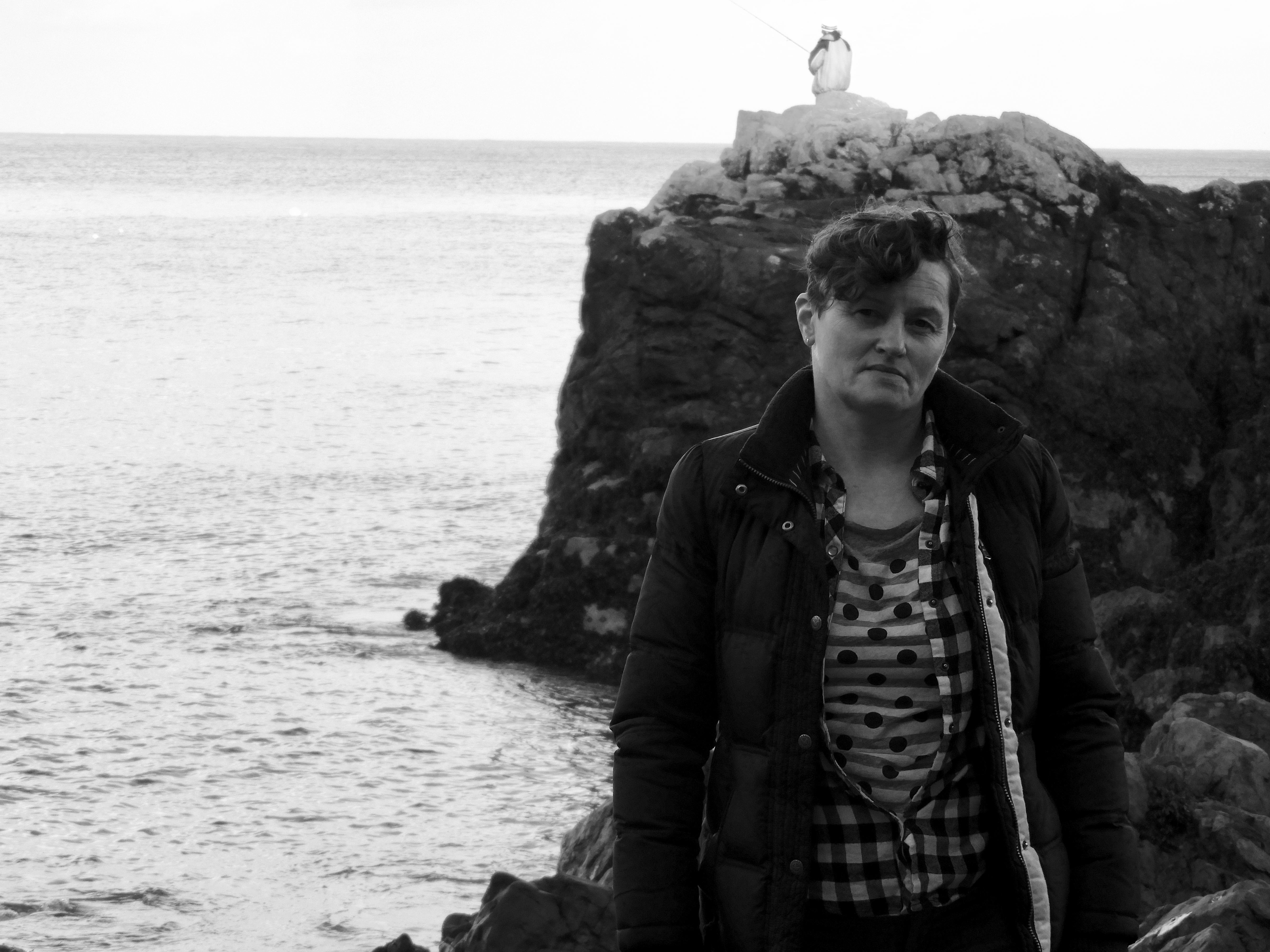
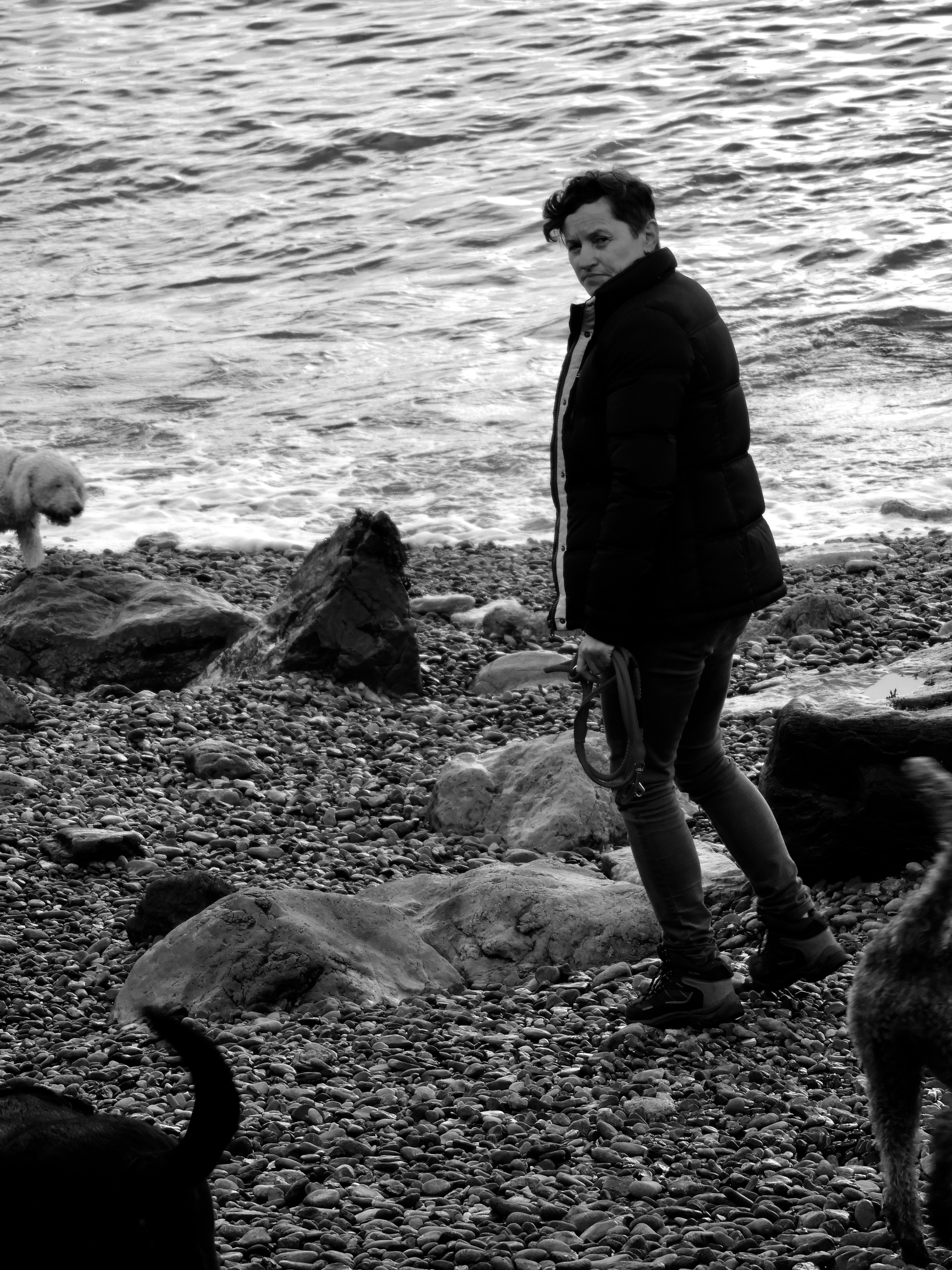
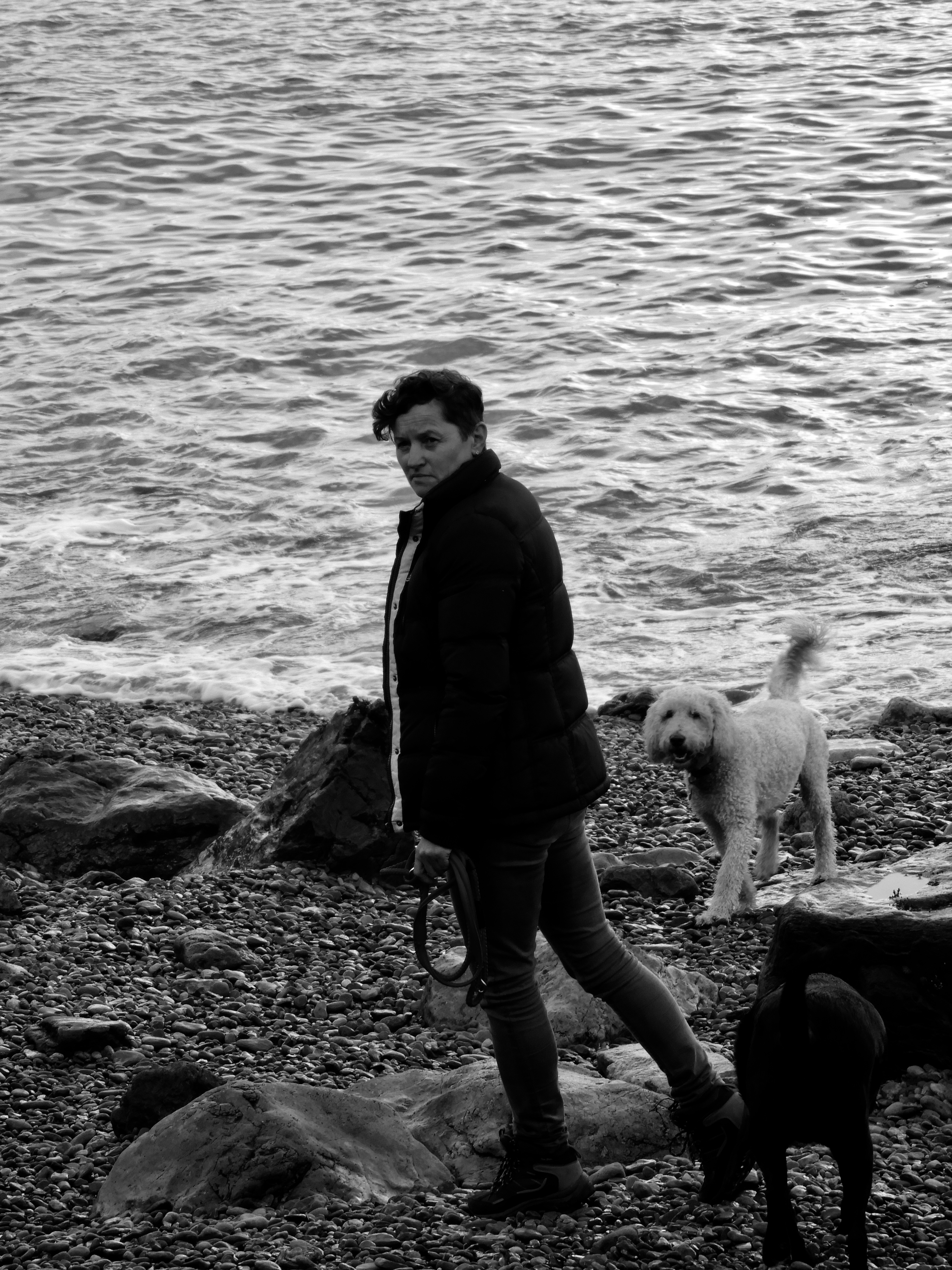
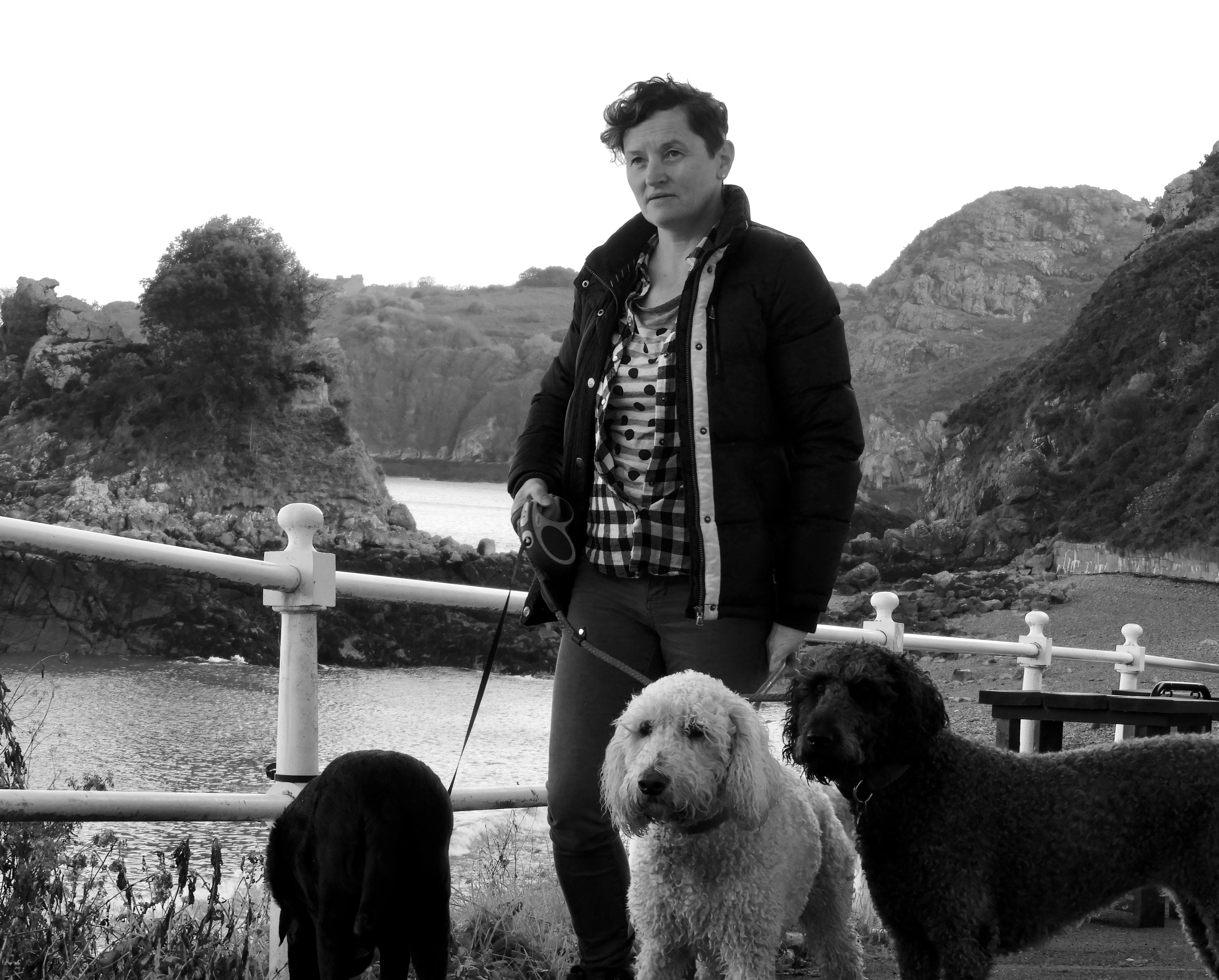
CONTACT SHEETS:
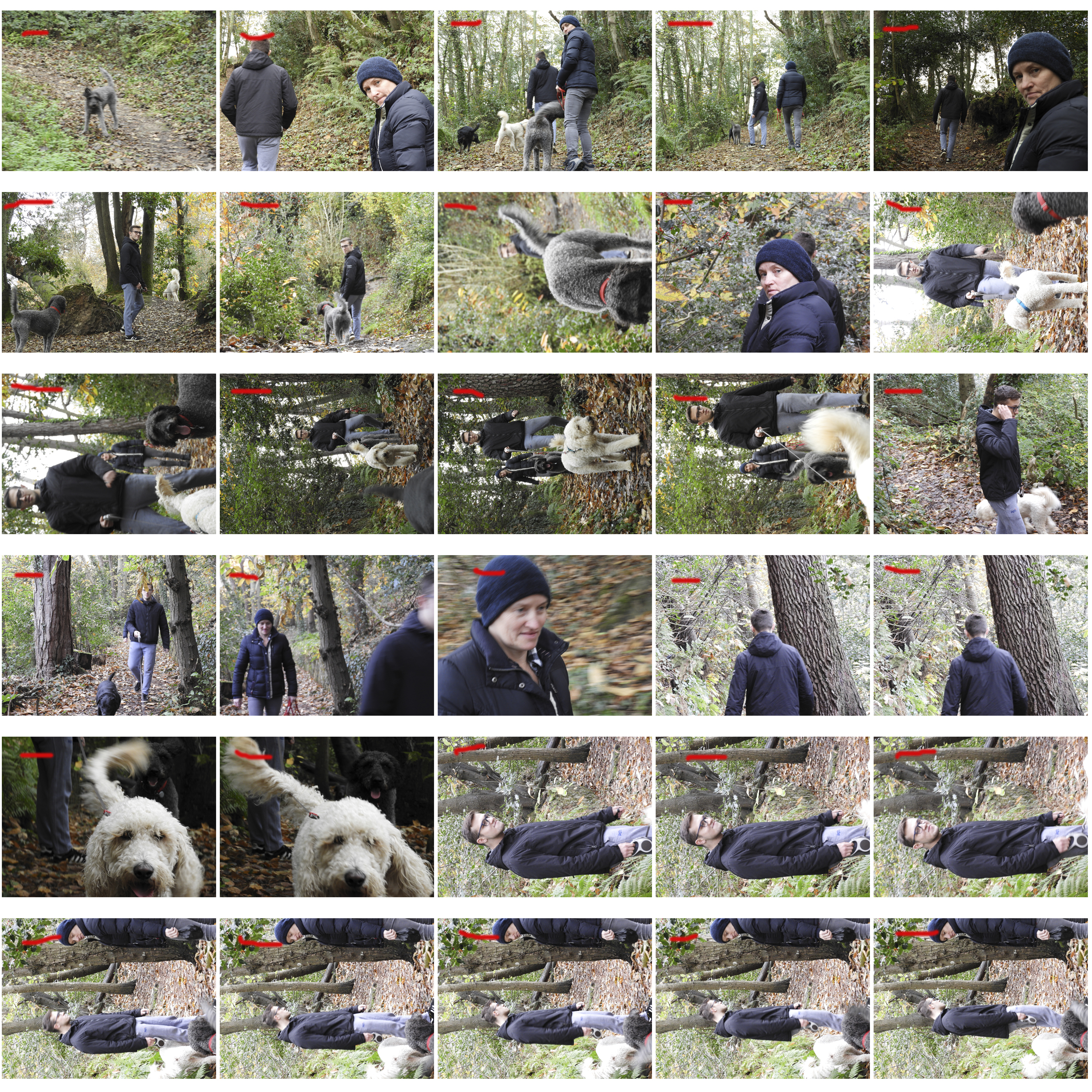
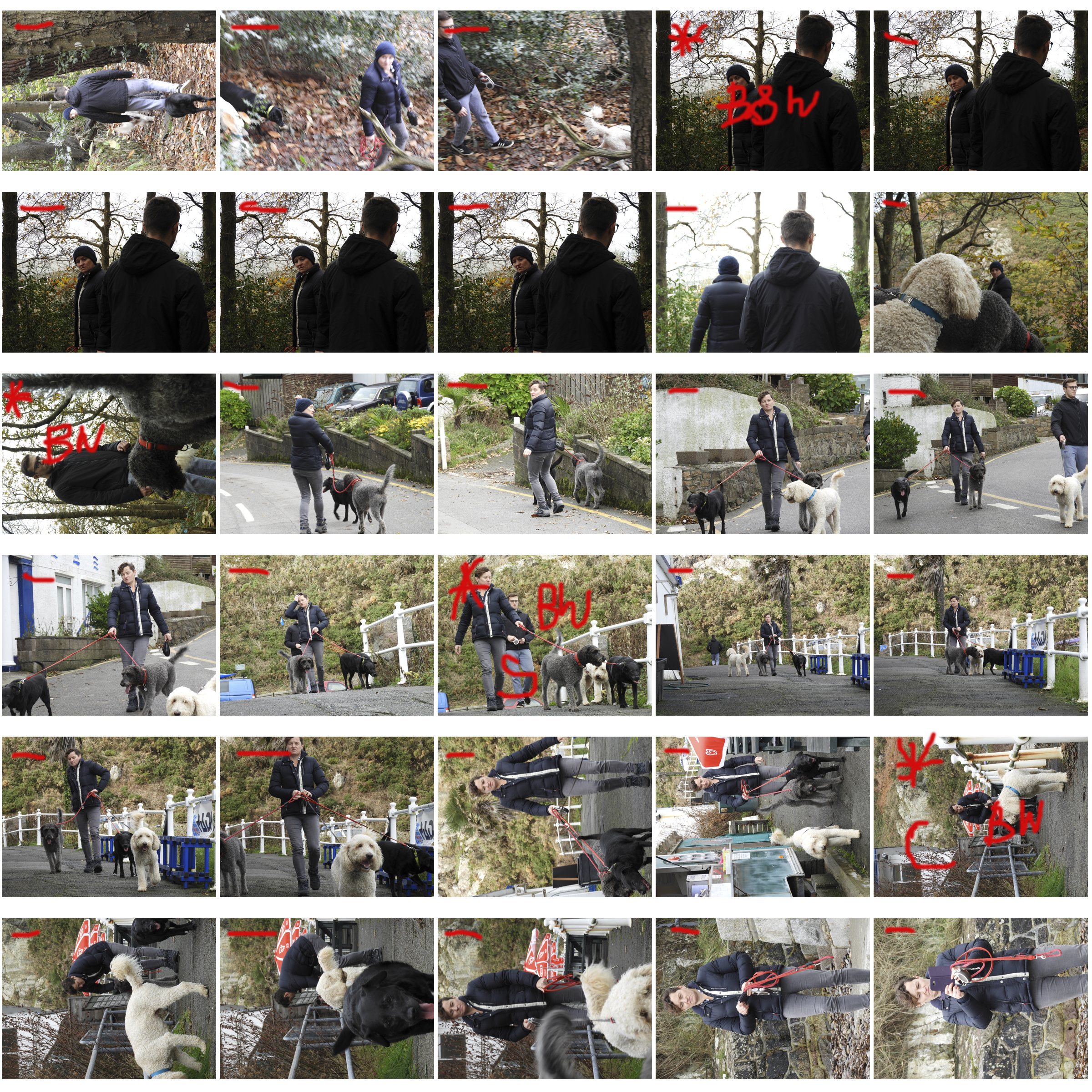
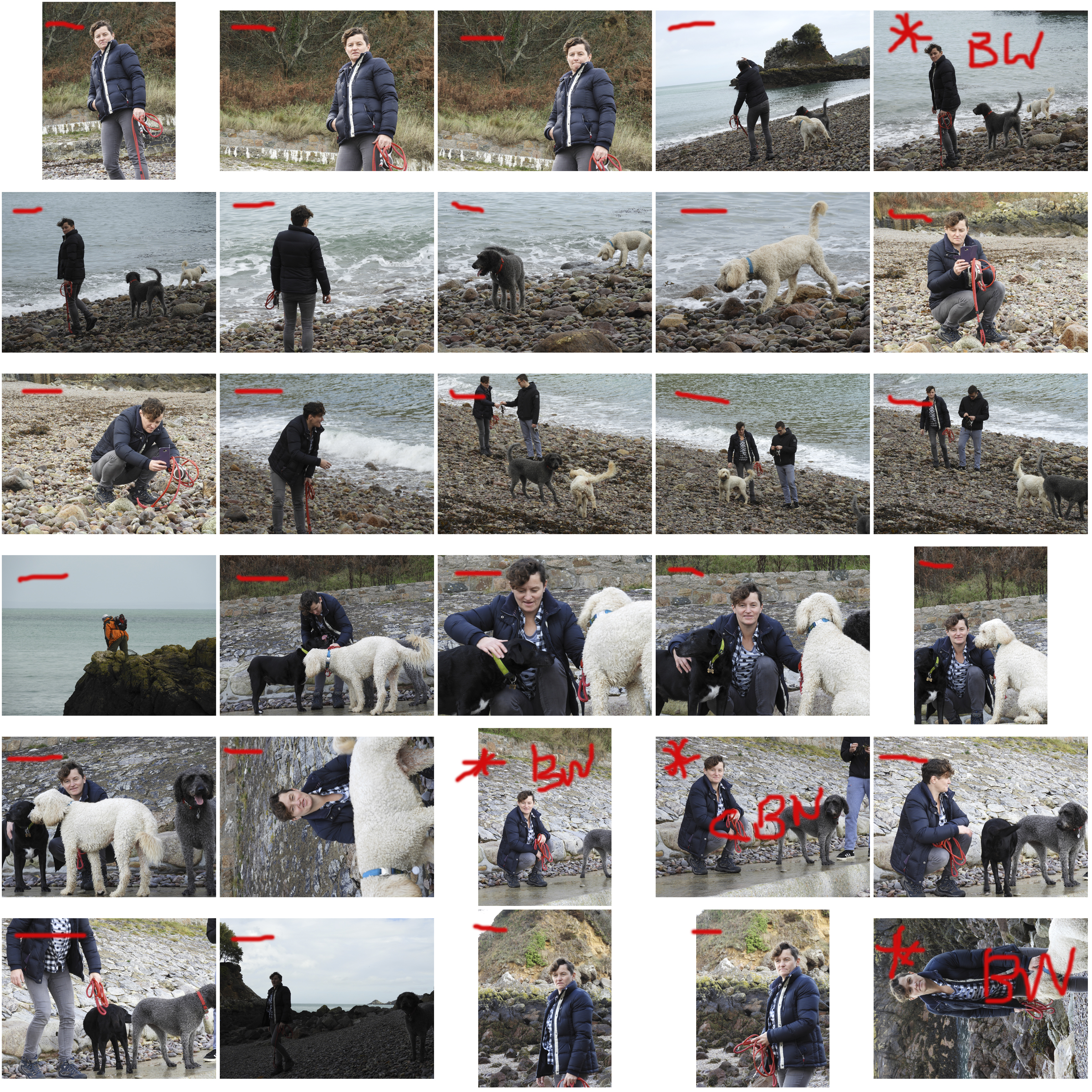
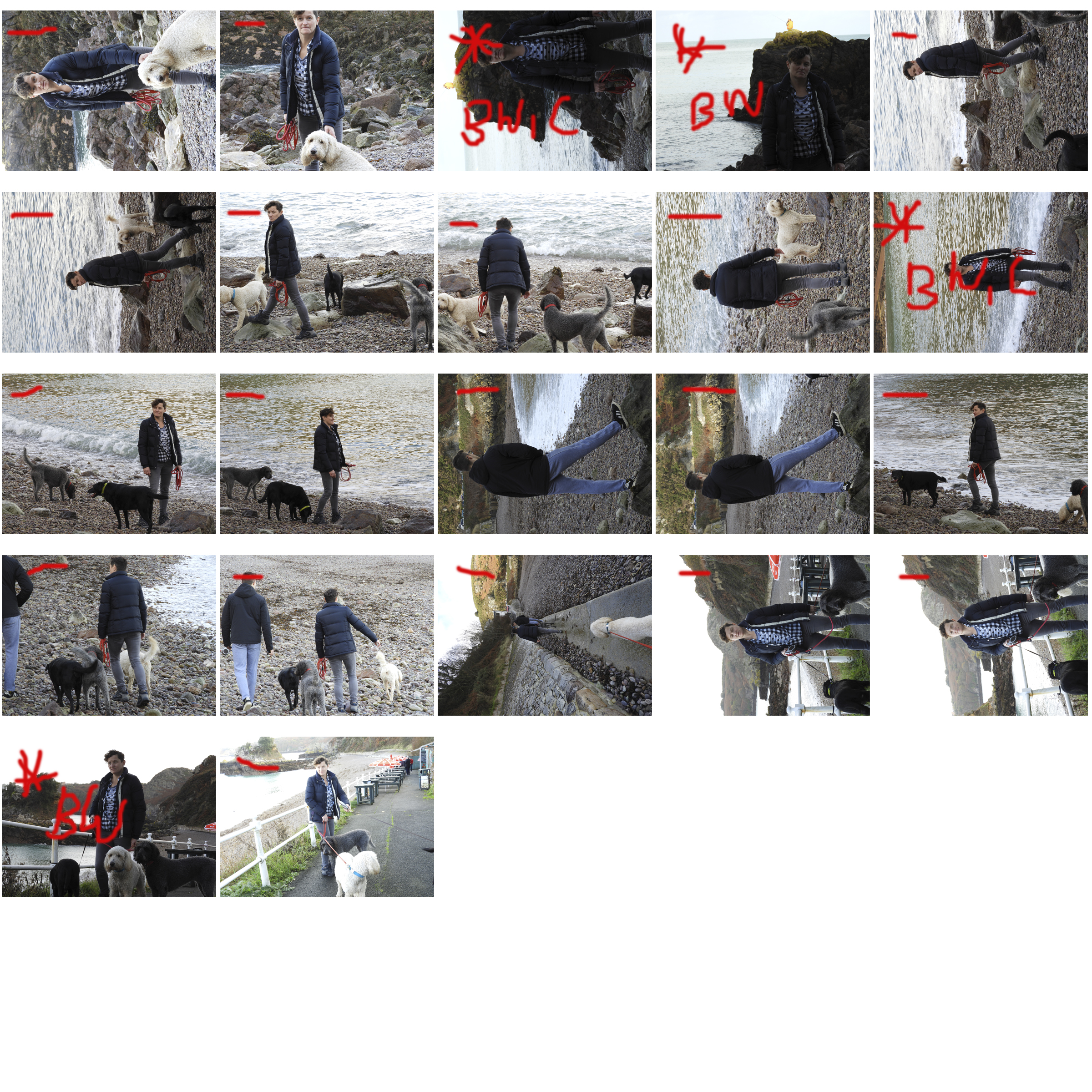

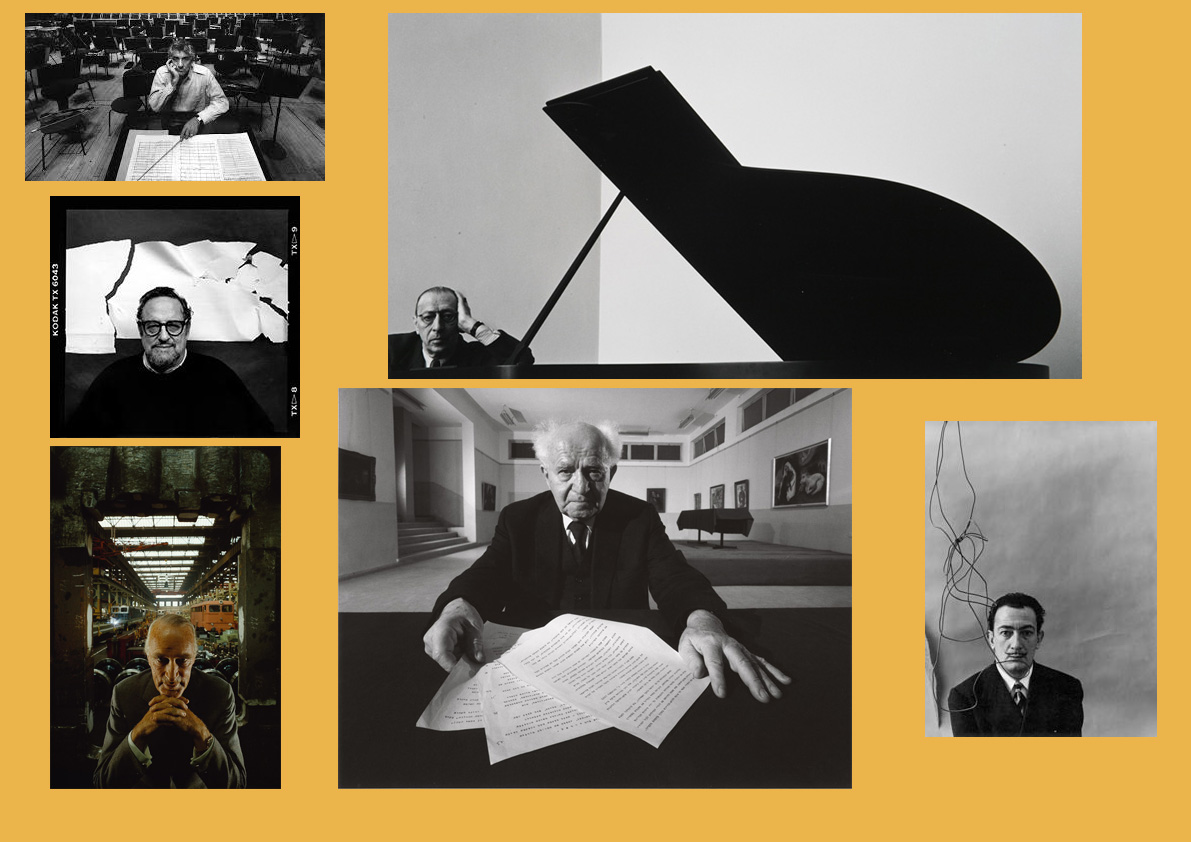
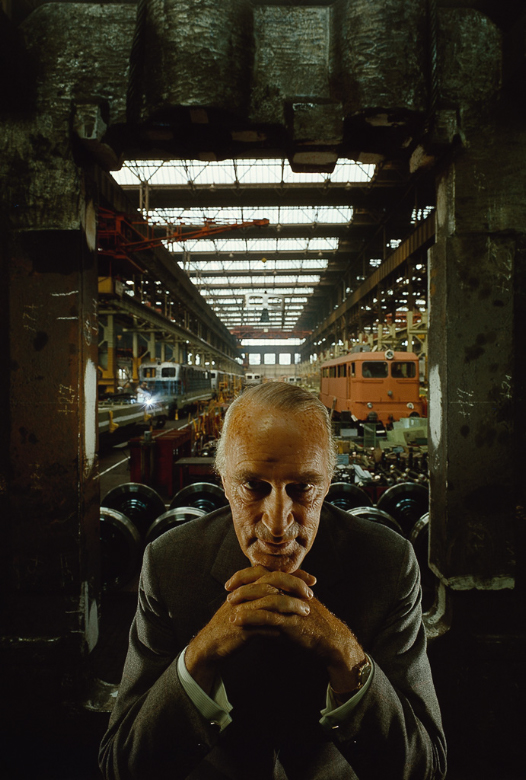
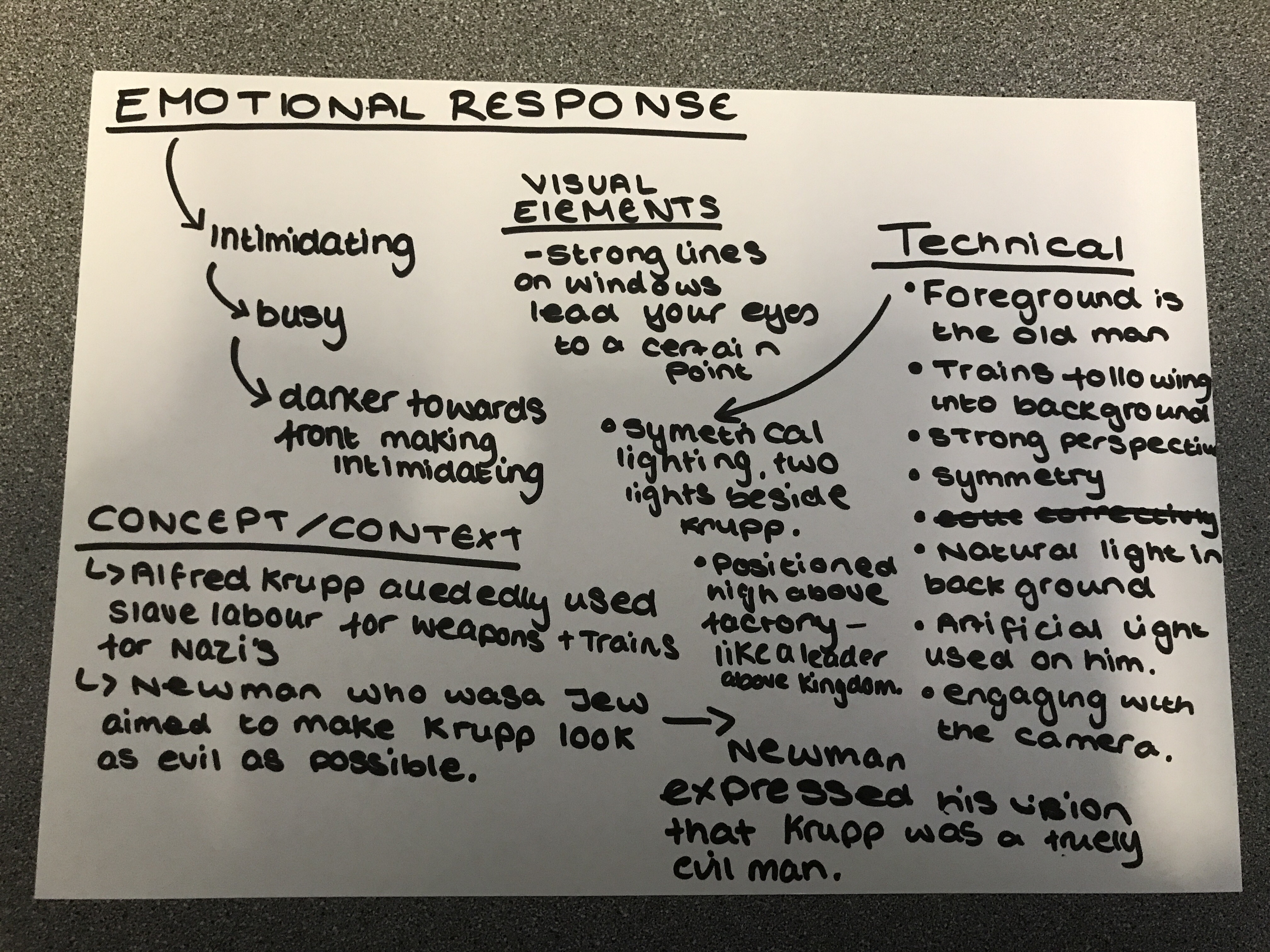

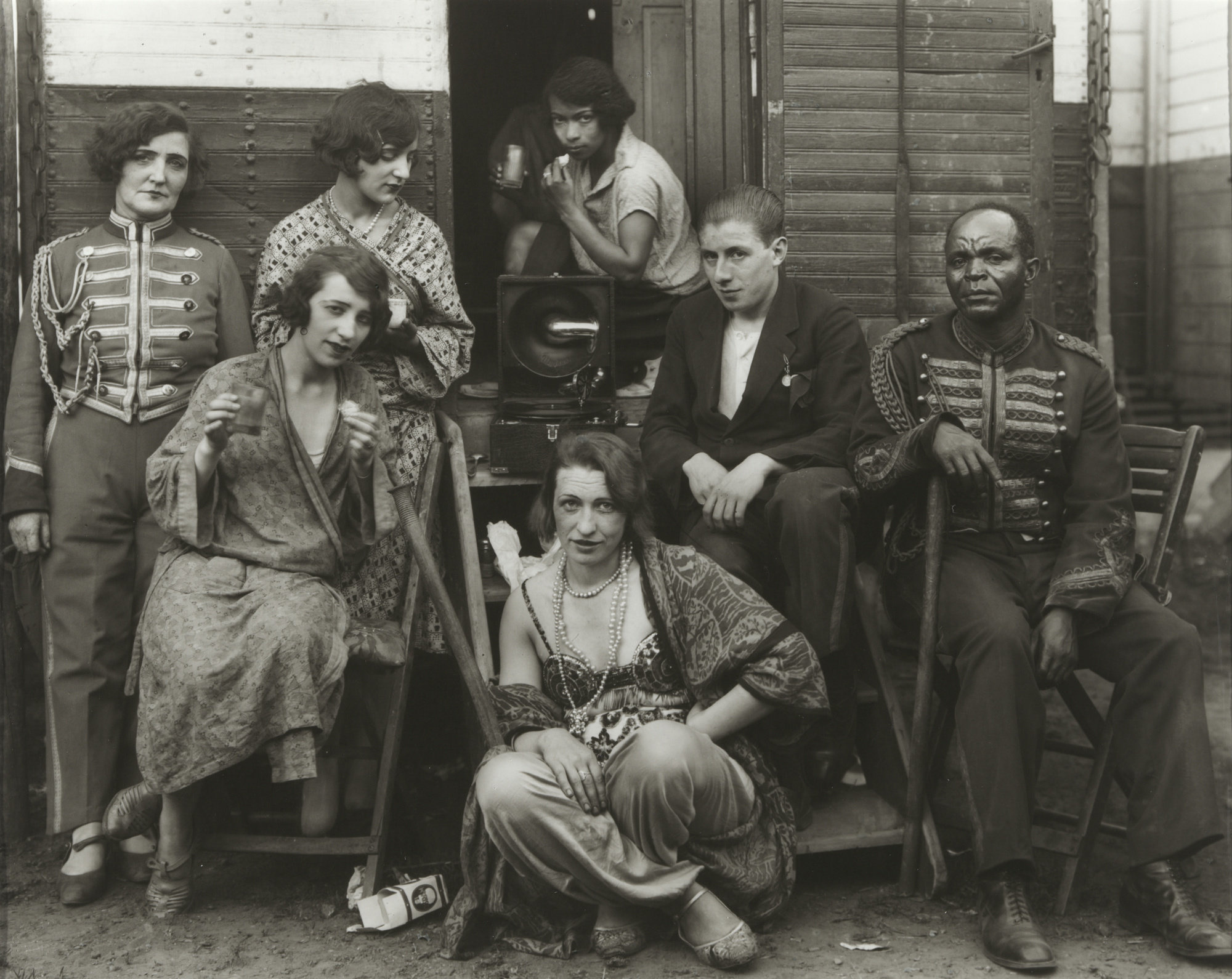

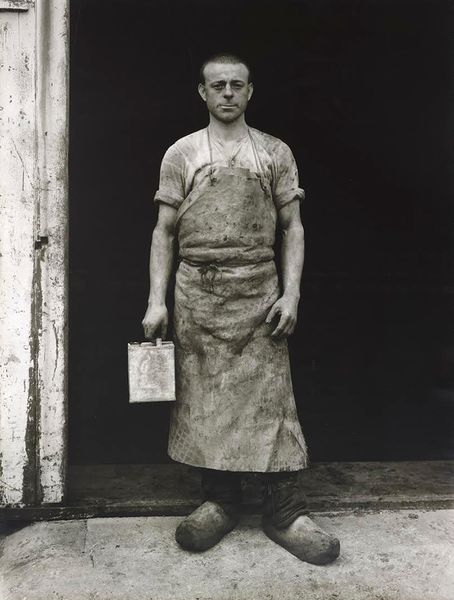

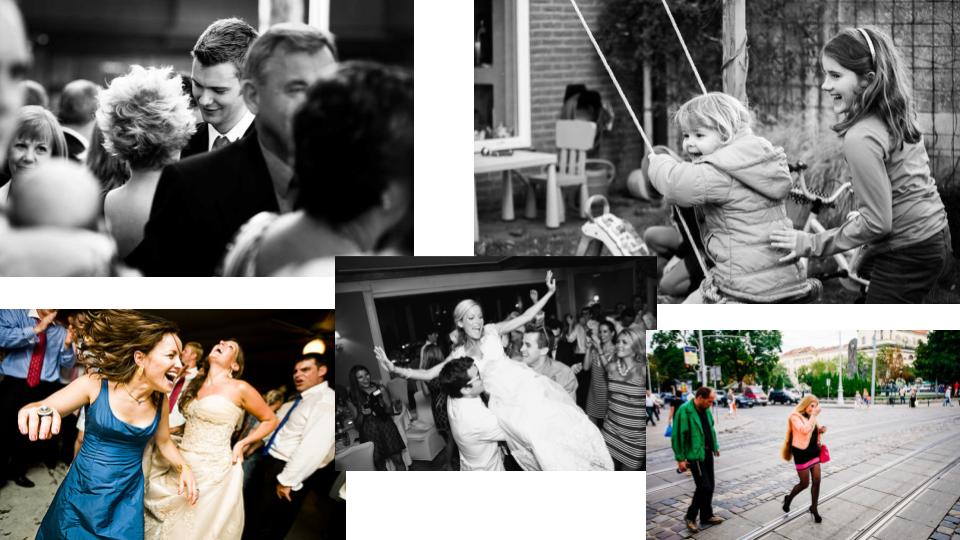
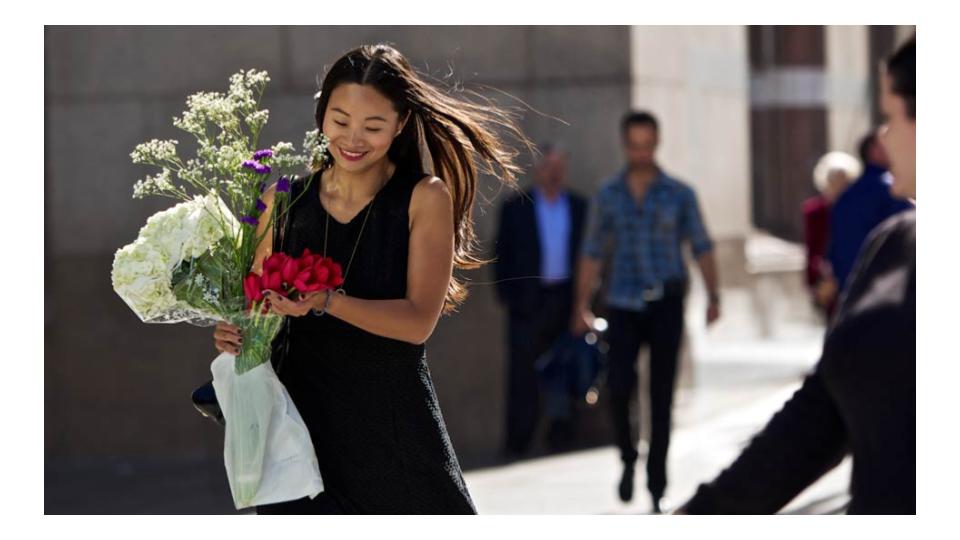

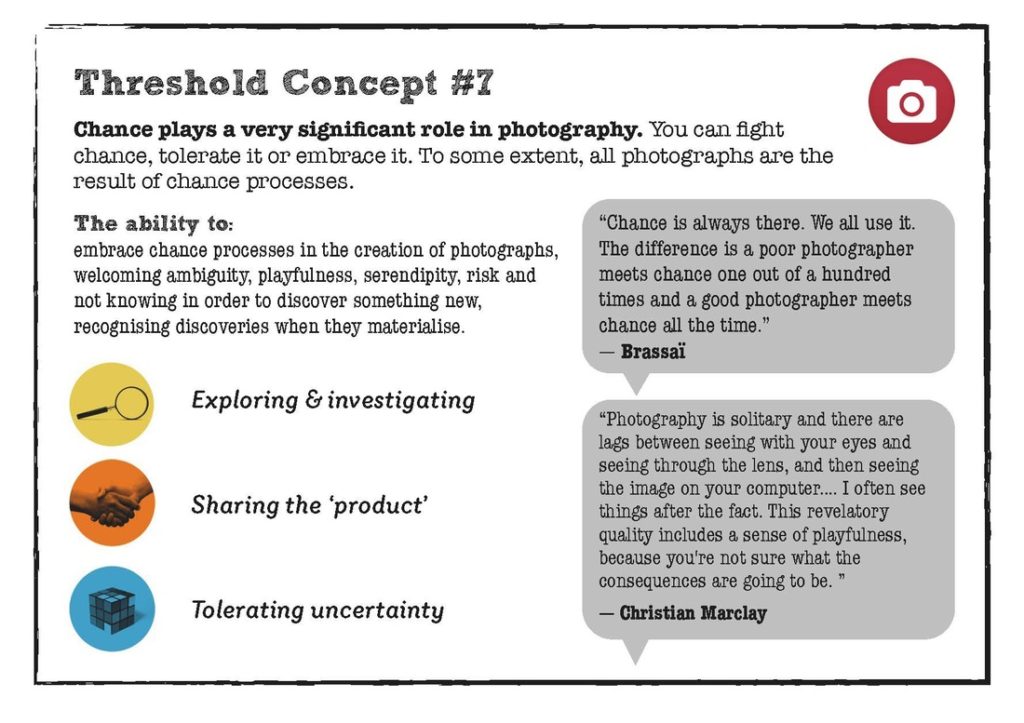



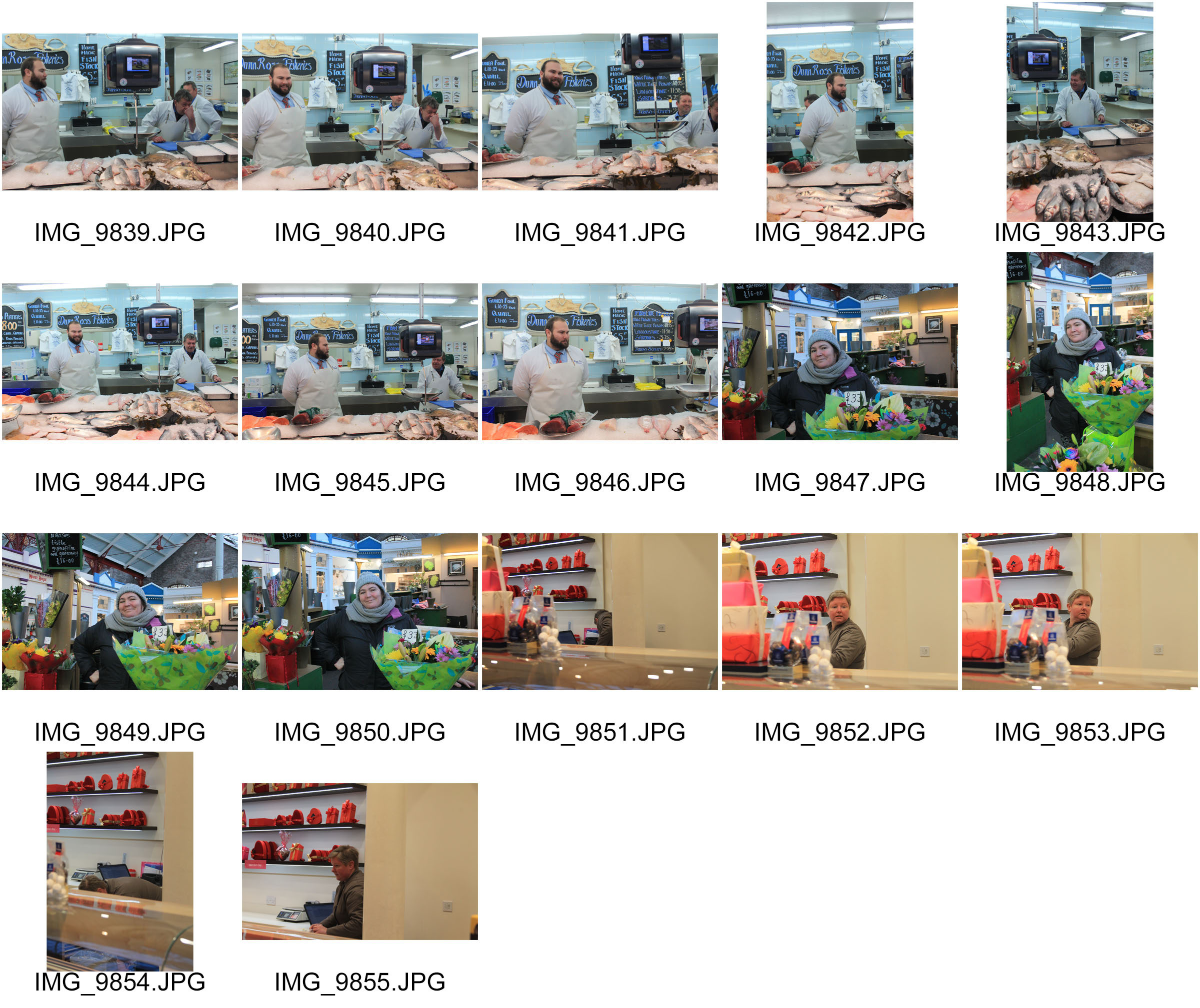
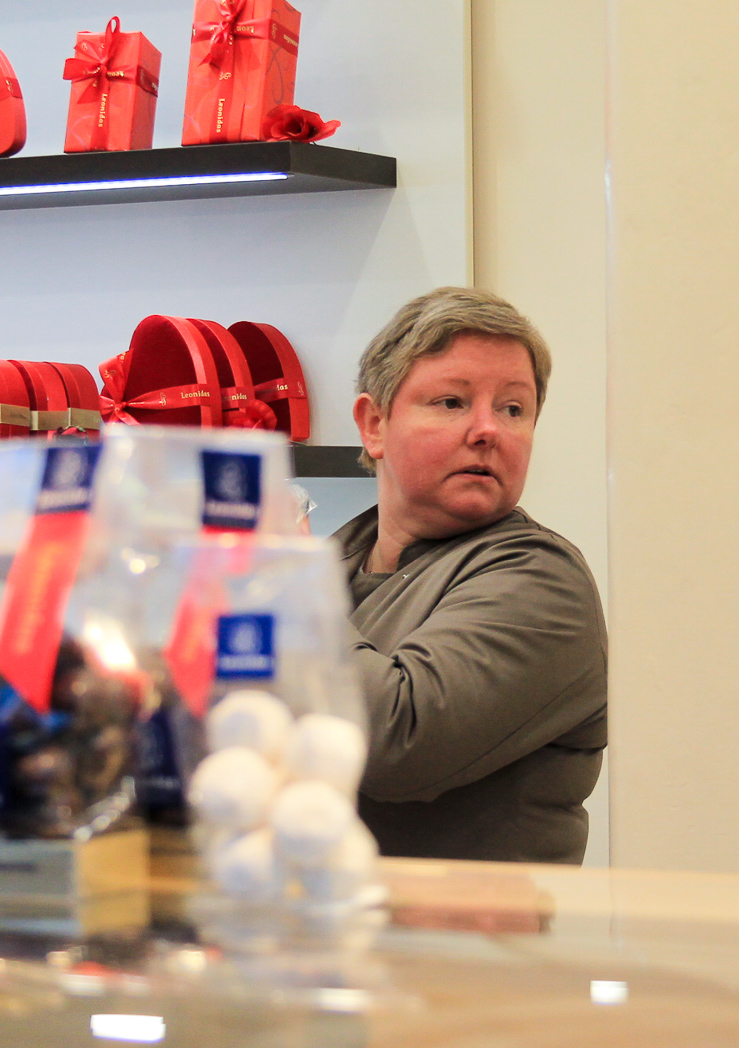
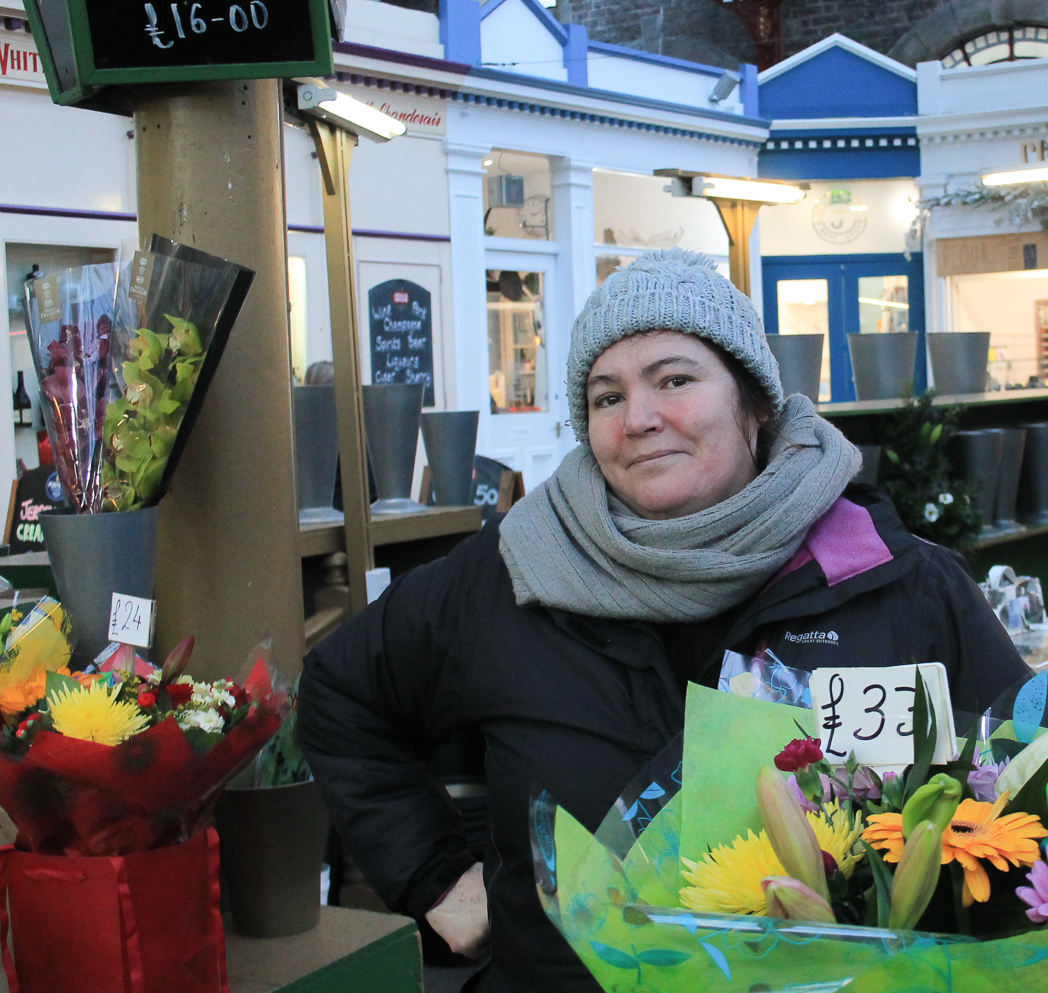


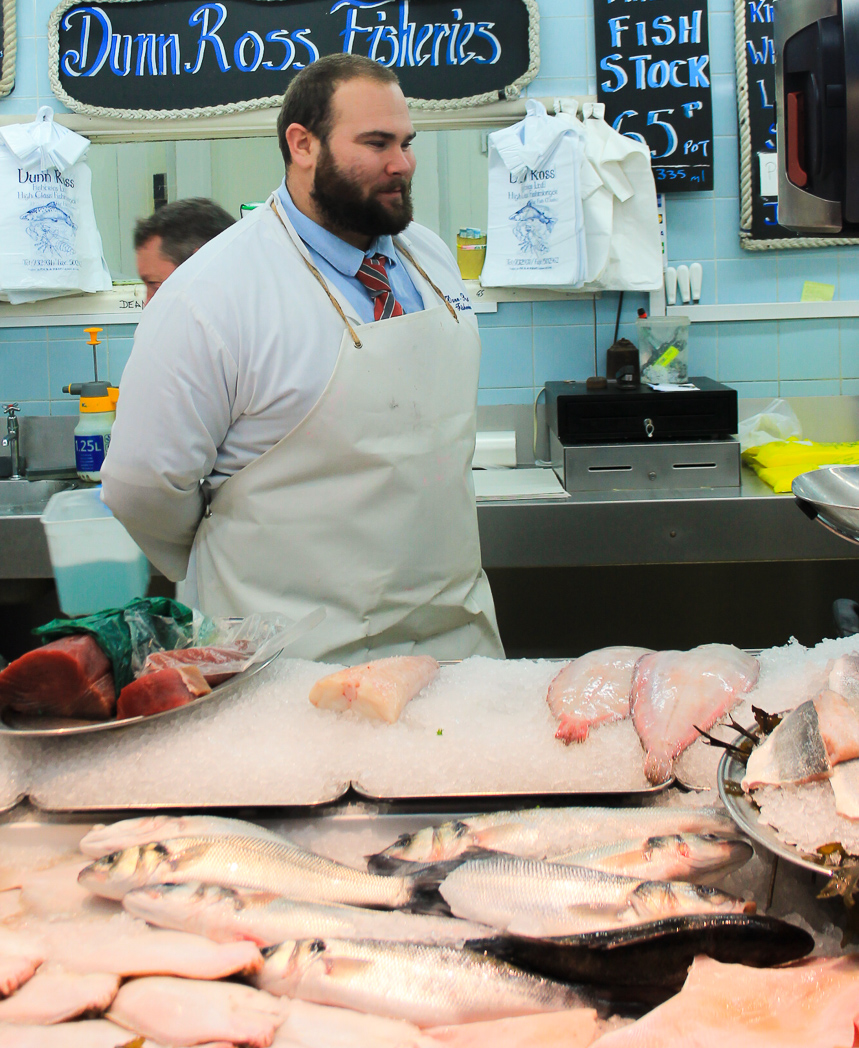



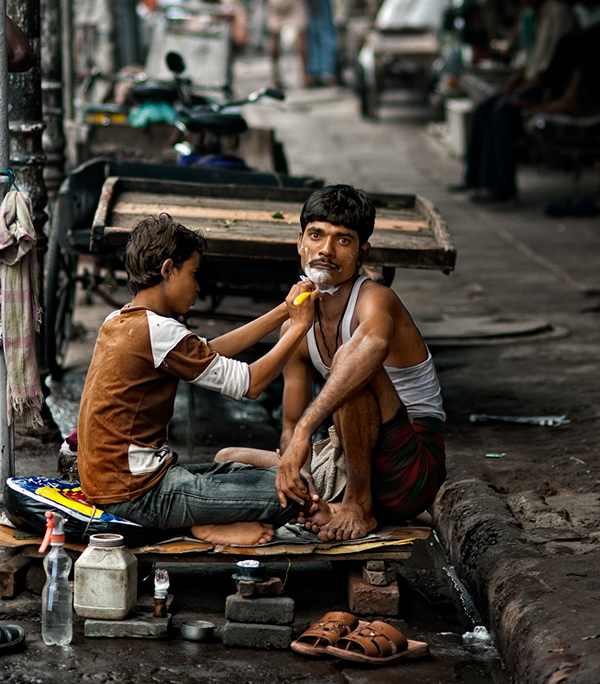 Image Credit: Prateek Dubey.
Image Credit: Prateek Dubey.
